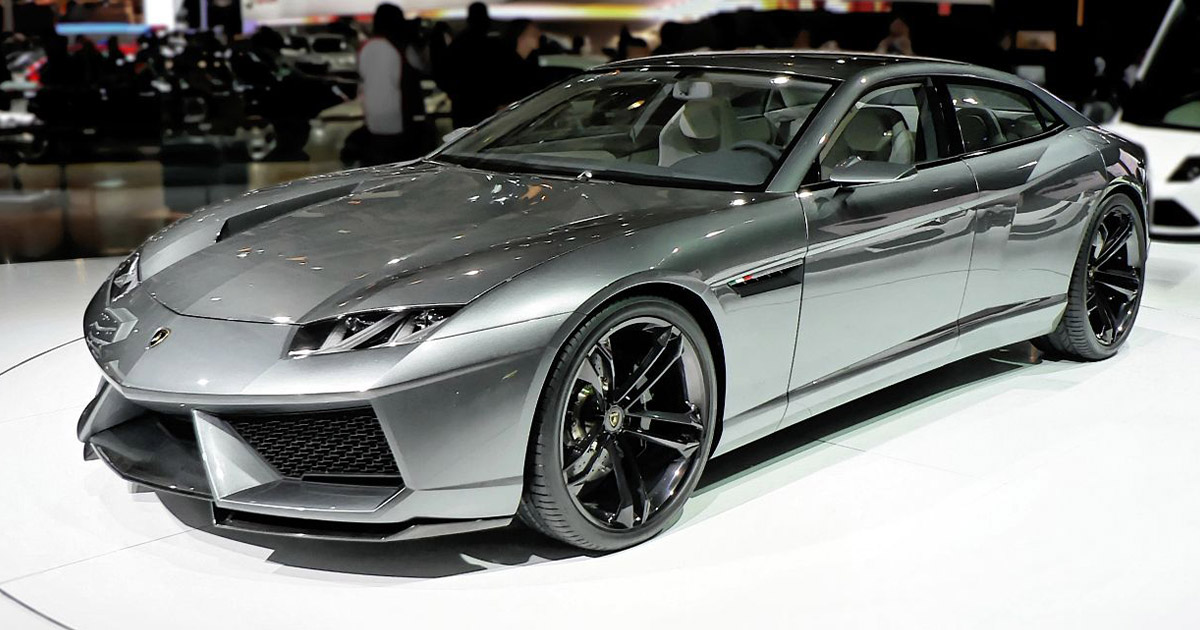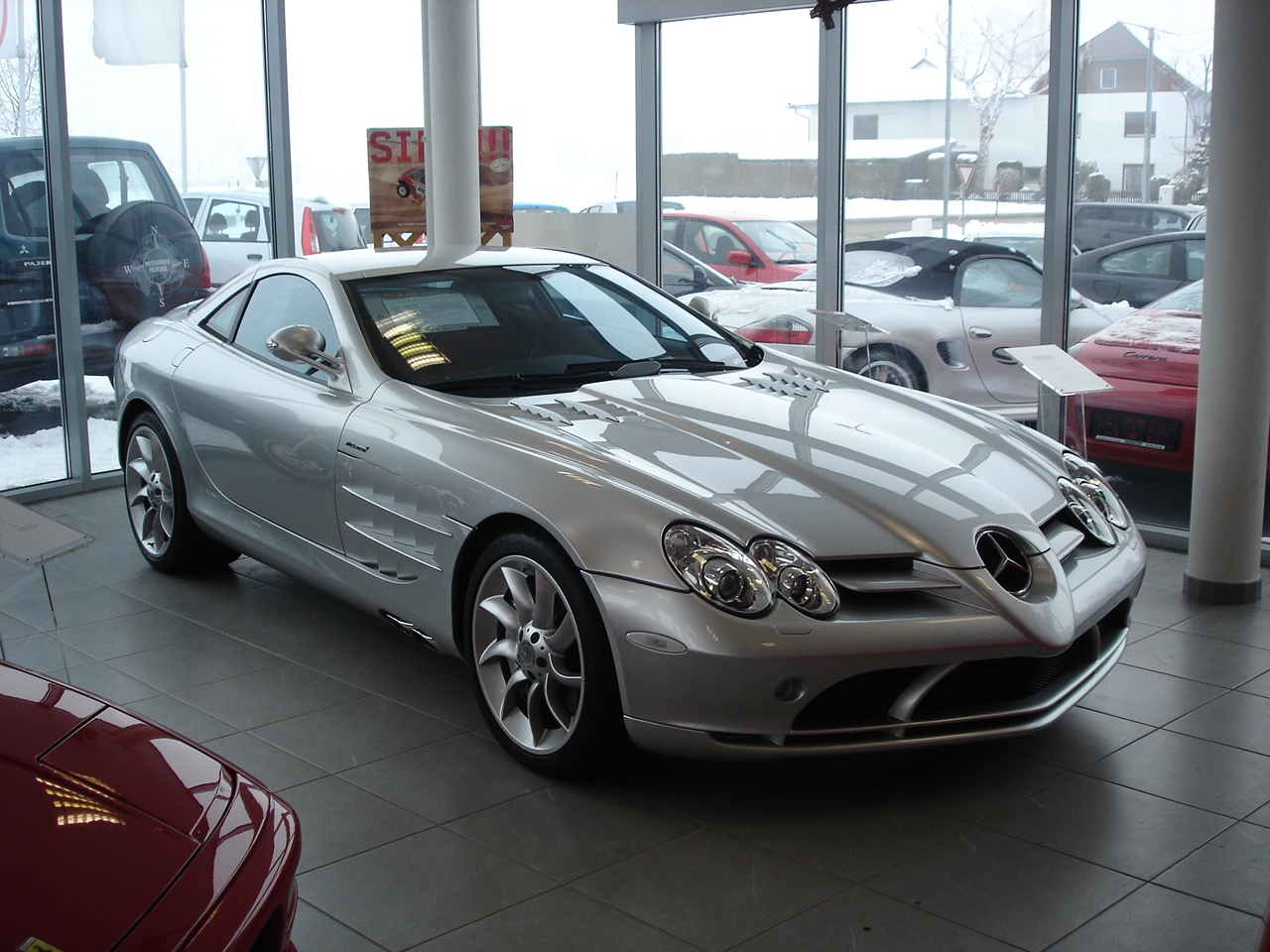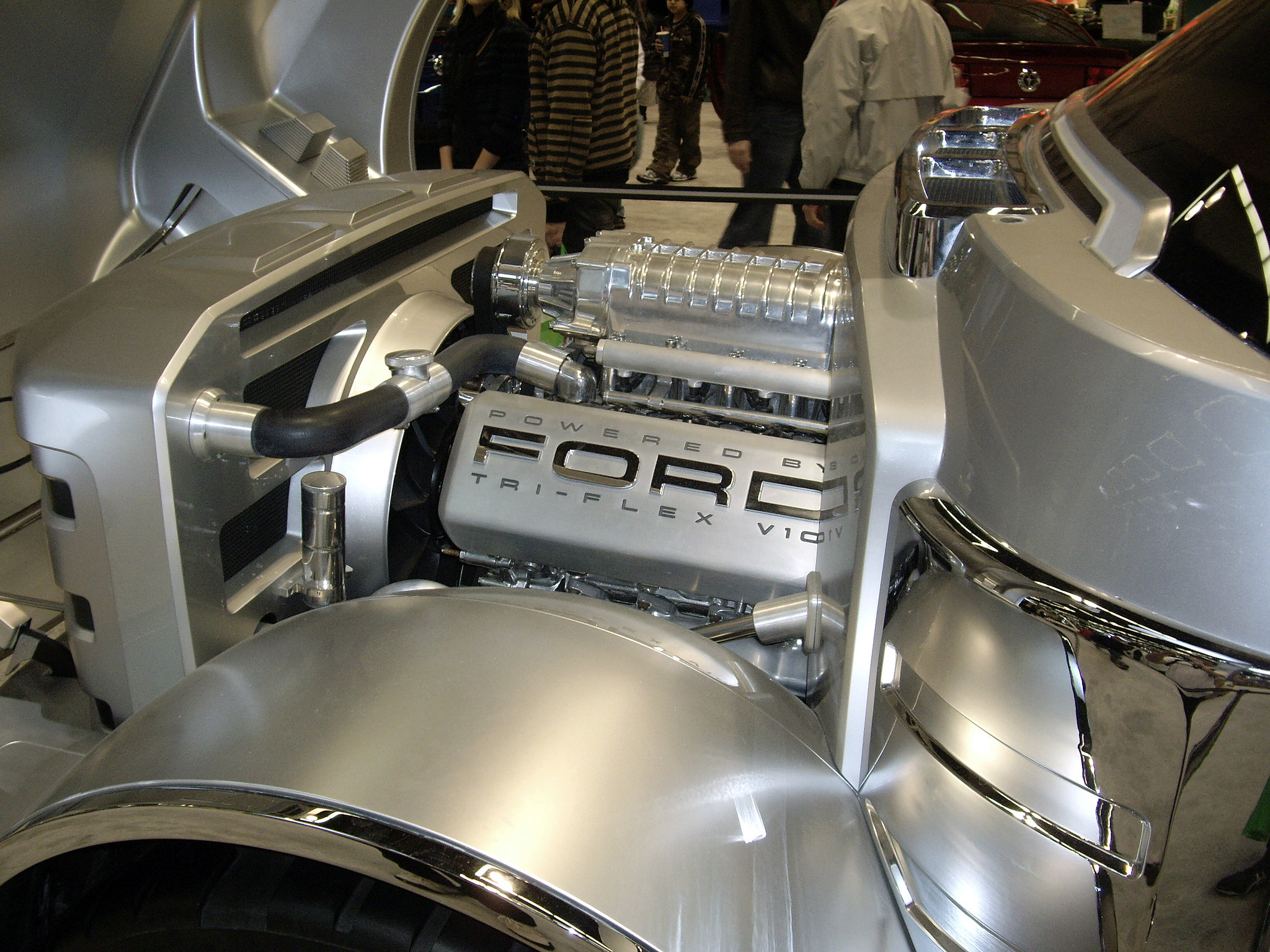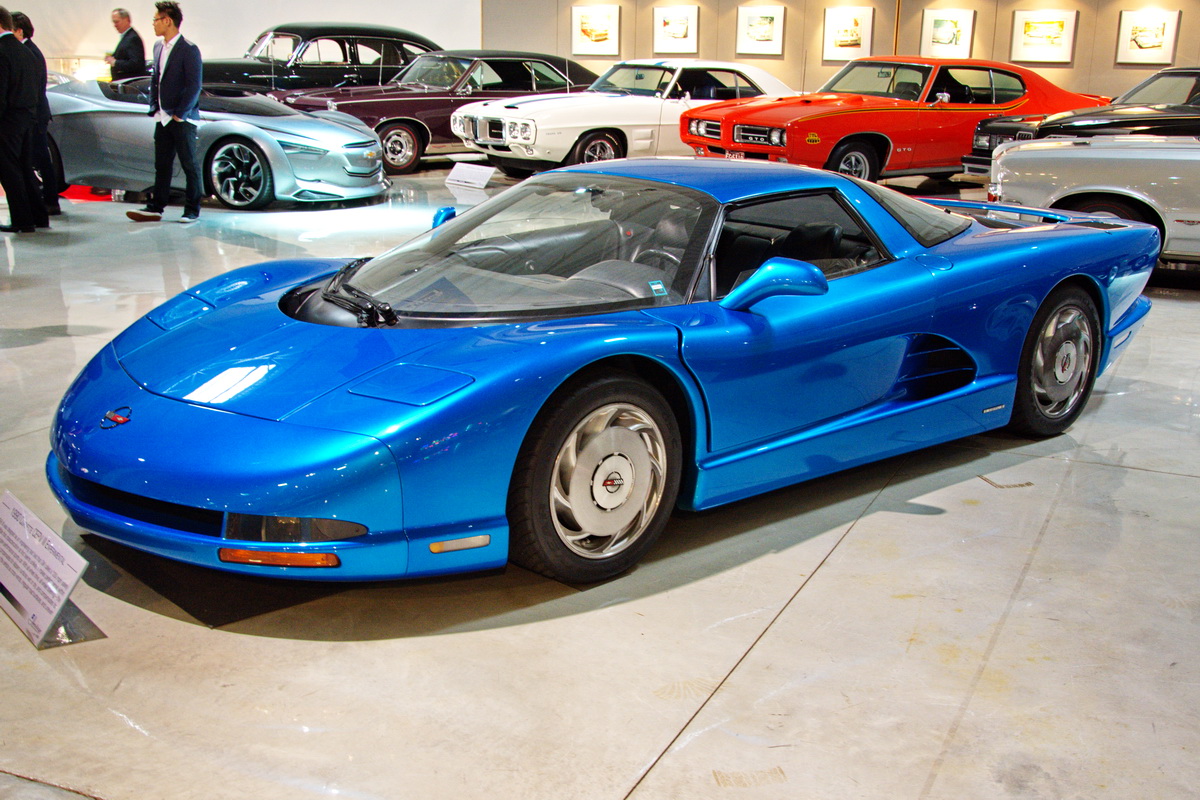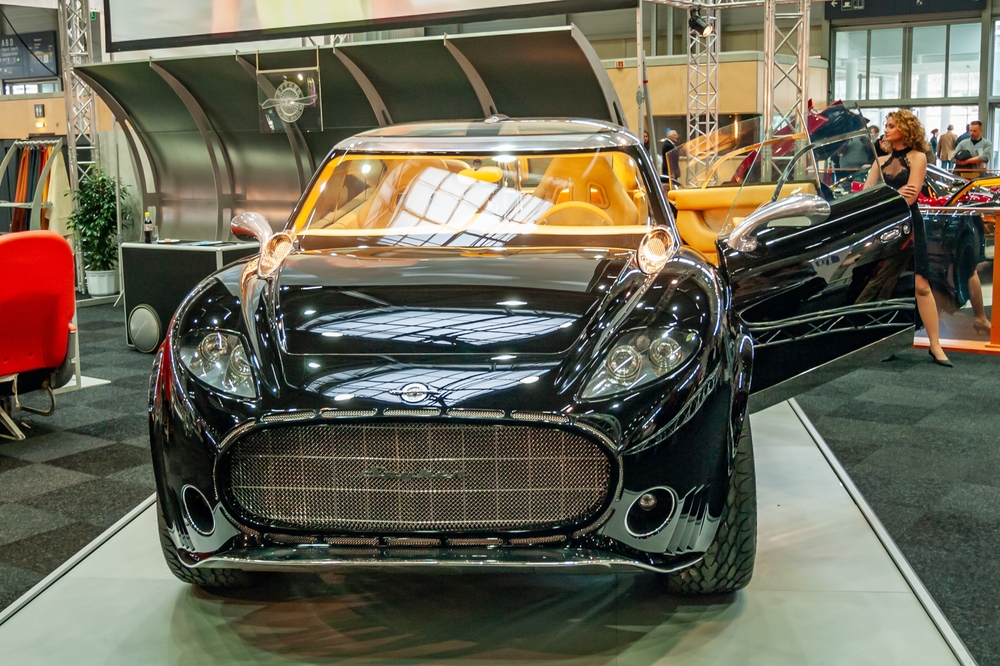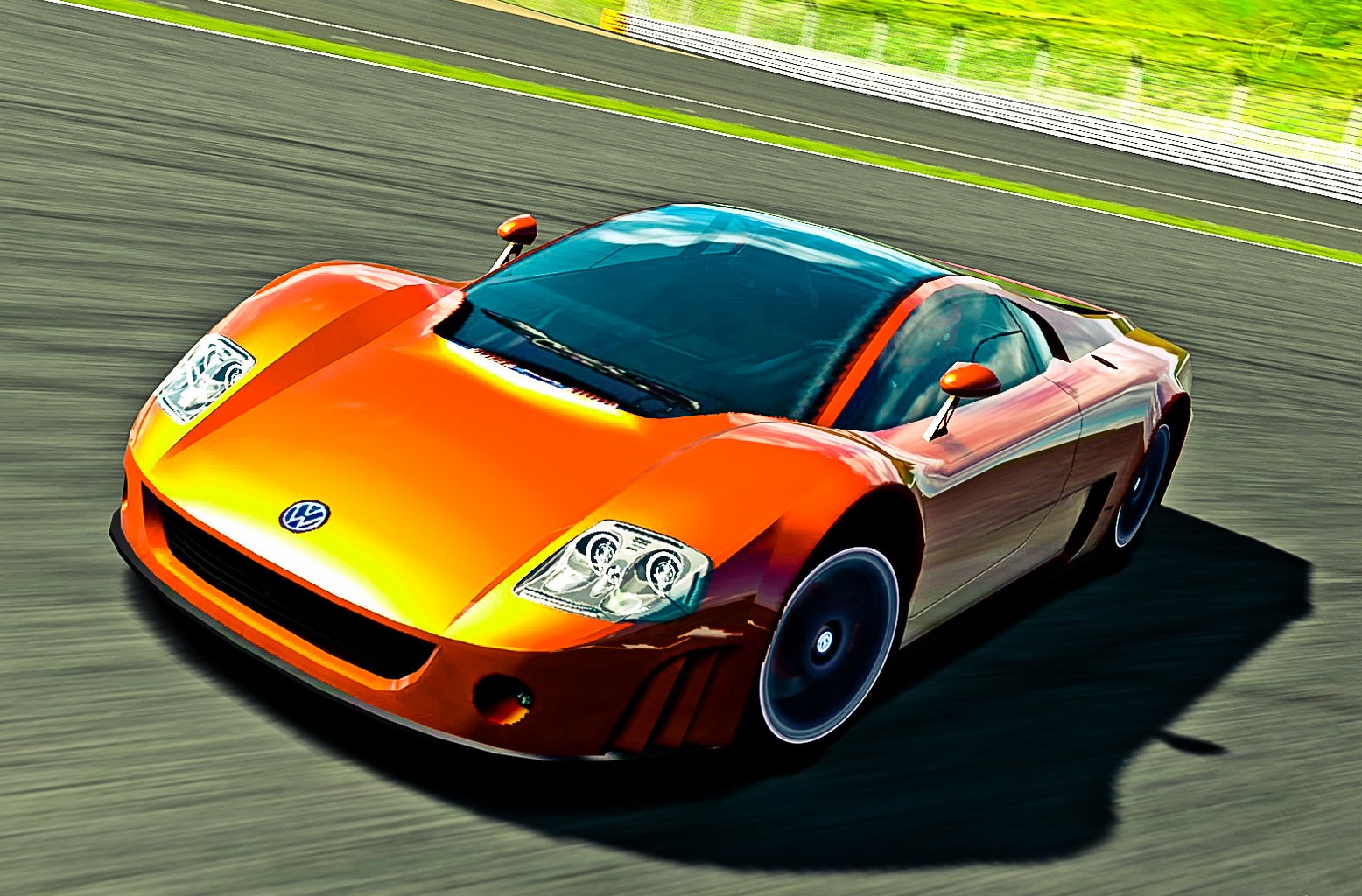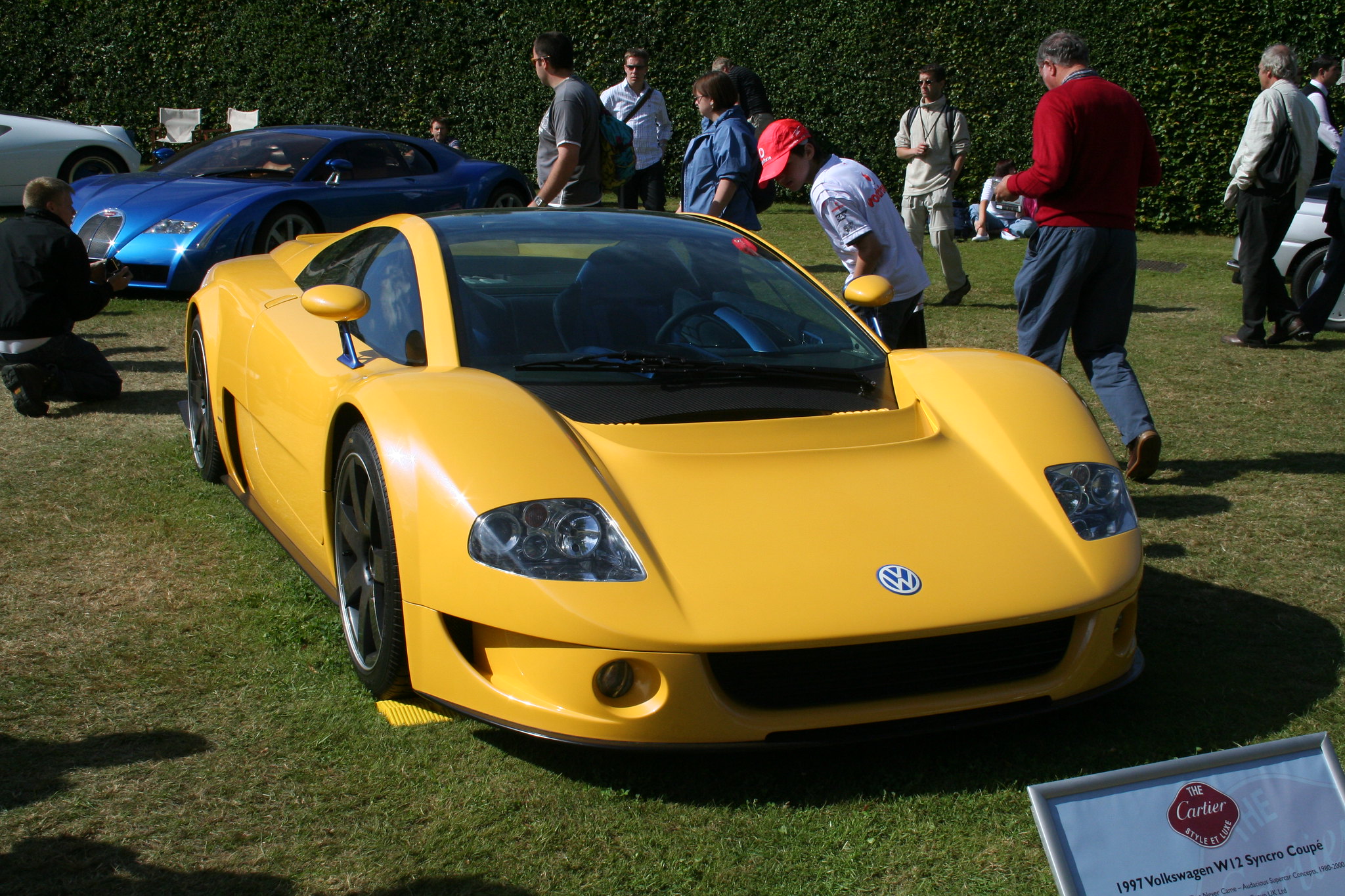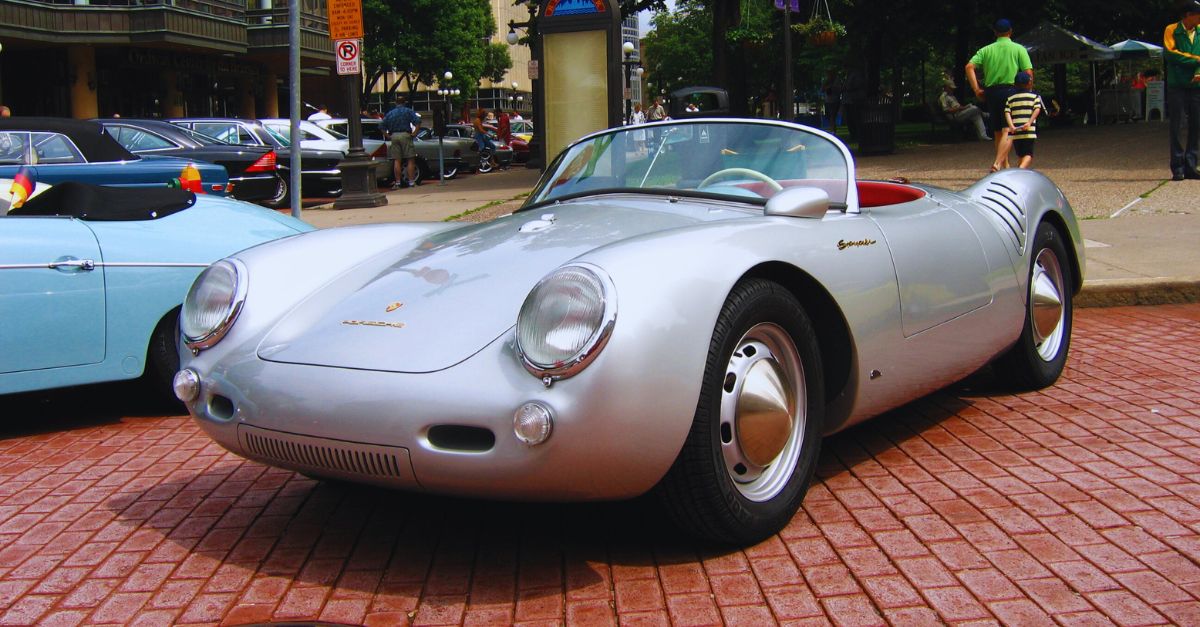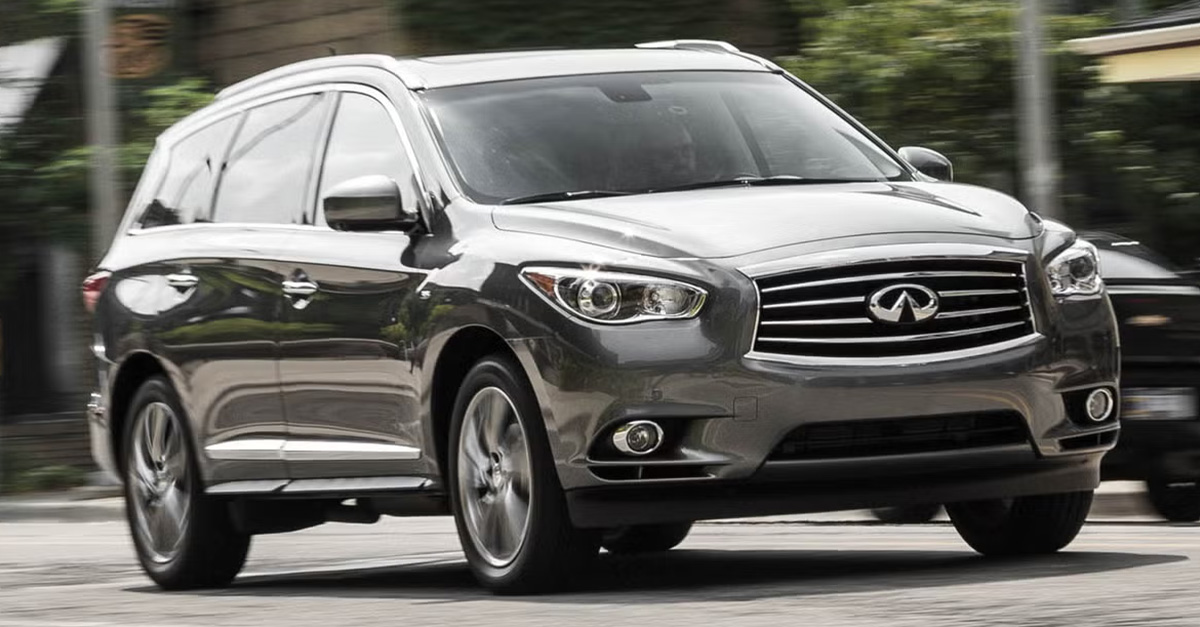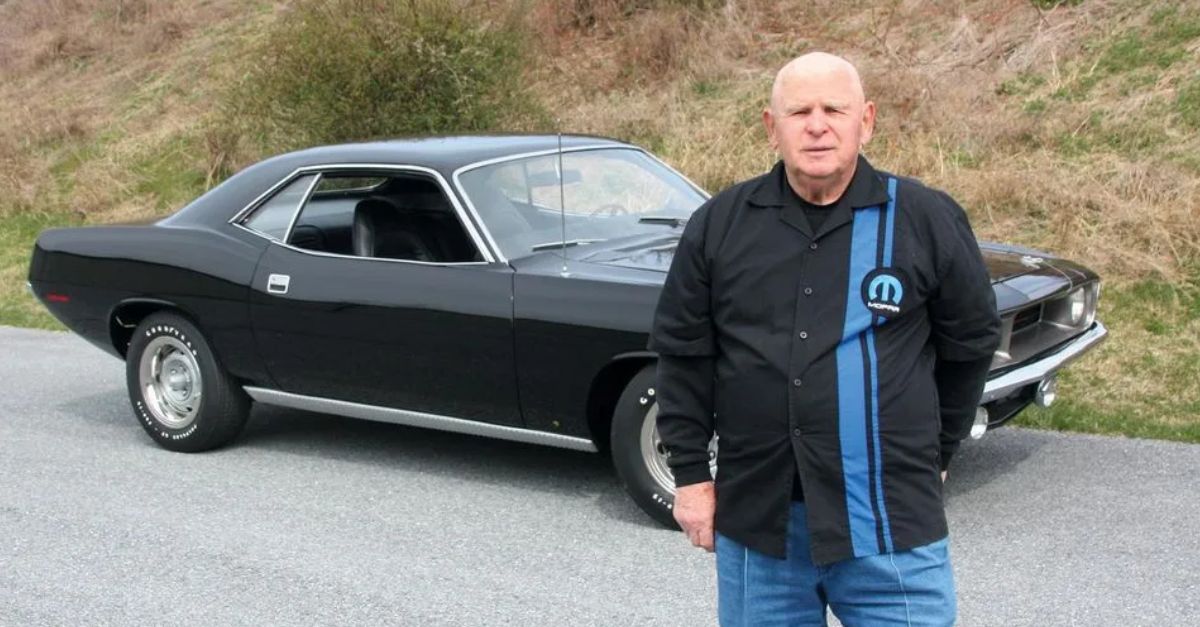Remembering The Greats
Every year, manufacturers spend millions of dollars creating concept cars to showcase their latest designs and innovations and wow the public.
Usually, they’re a one-time creation, but some concepts are so brilliant that they live on in people’s memories for years to come.
Here are 12 concept cars that we wish had made it to production.
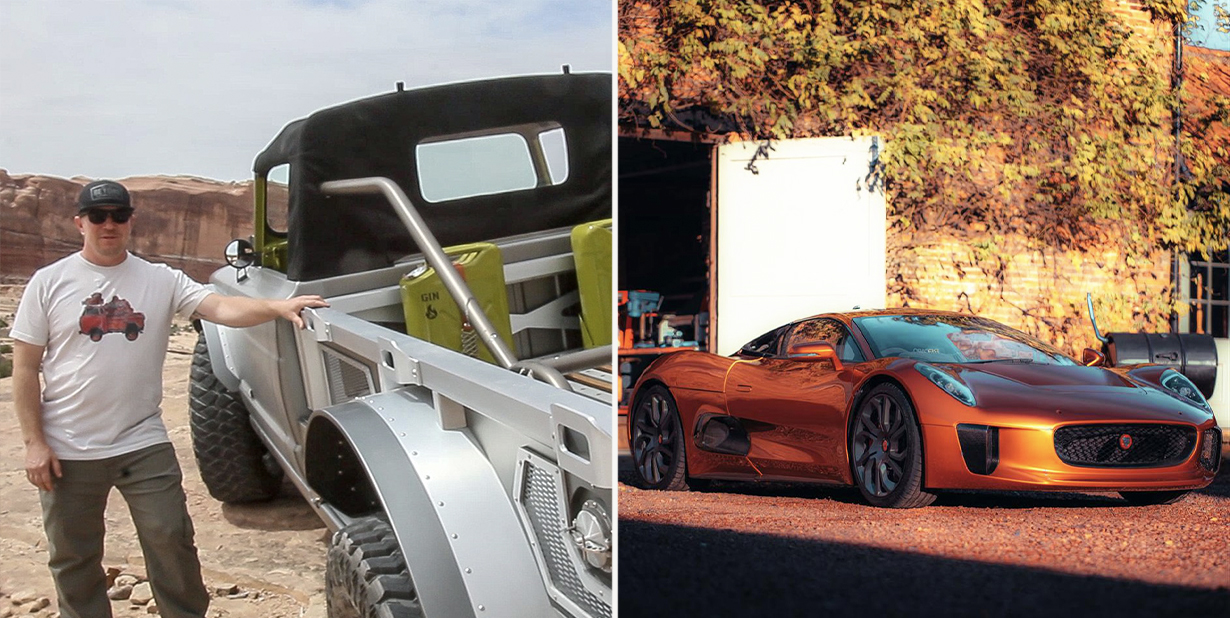
1. Maserati 75th Birdcage Pininfarina
This futuristic beauty was the result of a collaboration between Maserati, Pininfarina and Motorola. It was meant to honor Pininfarina’s 75th anniversary as well as their history of other great collaborations with Maserati.
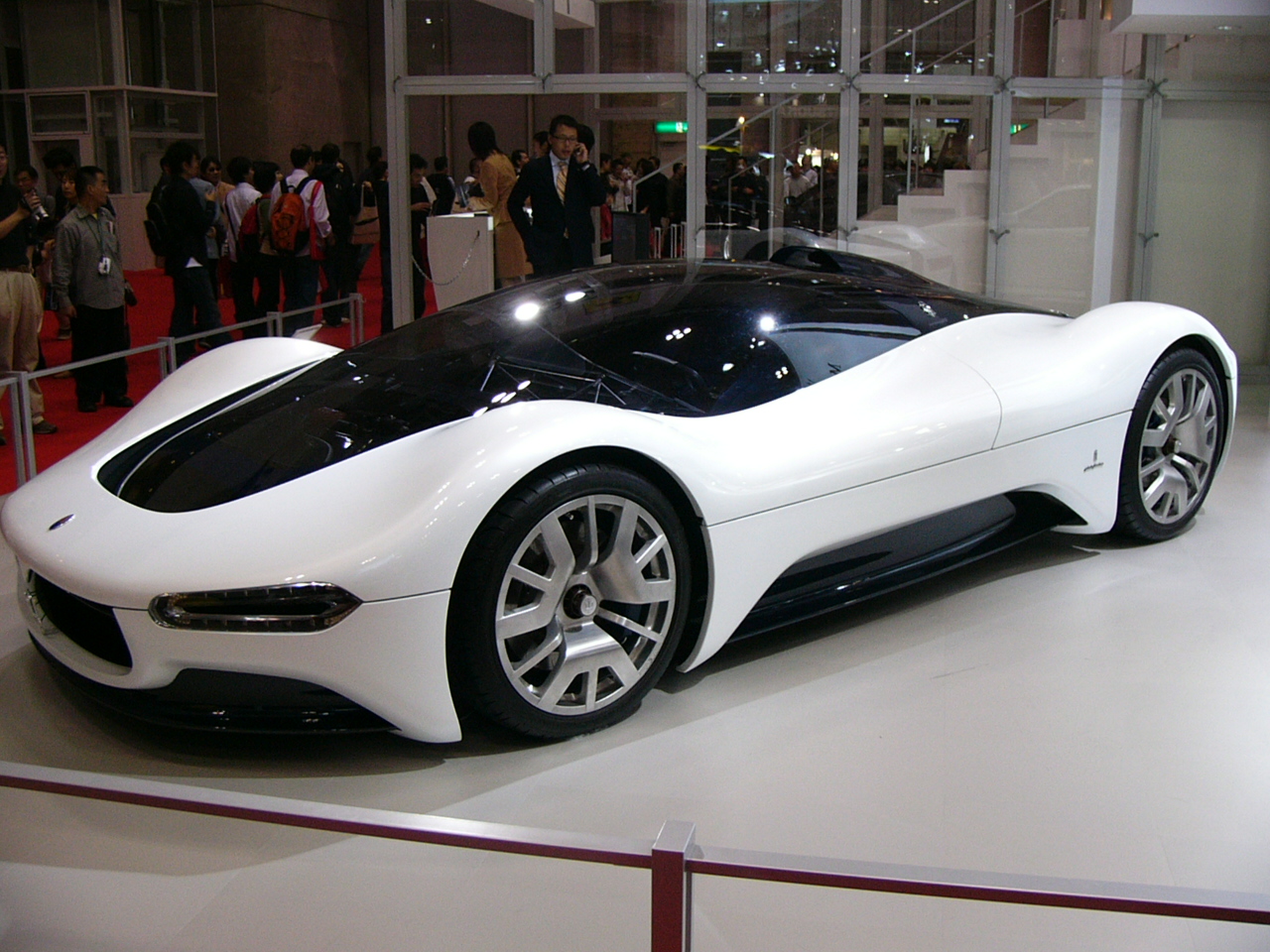 160SX, CC-BY-SA-3.0, Wikimedia Commons
160SX, CC-BY-SA-3.0, Wikimedia Commons
The Inspiration
The 75th Birdcage was a fully functional design, modeled on the chassis from the Maserati MC12 GT1 and featuring many of the MC12’s internal components, like a 6.0L V-12 engine.
The most distinct innovative feature of the car is its one-piece canopy. The canopy opens upwards, which allows the driver to enter and exit the vehicle.
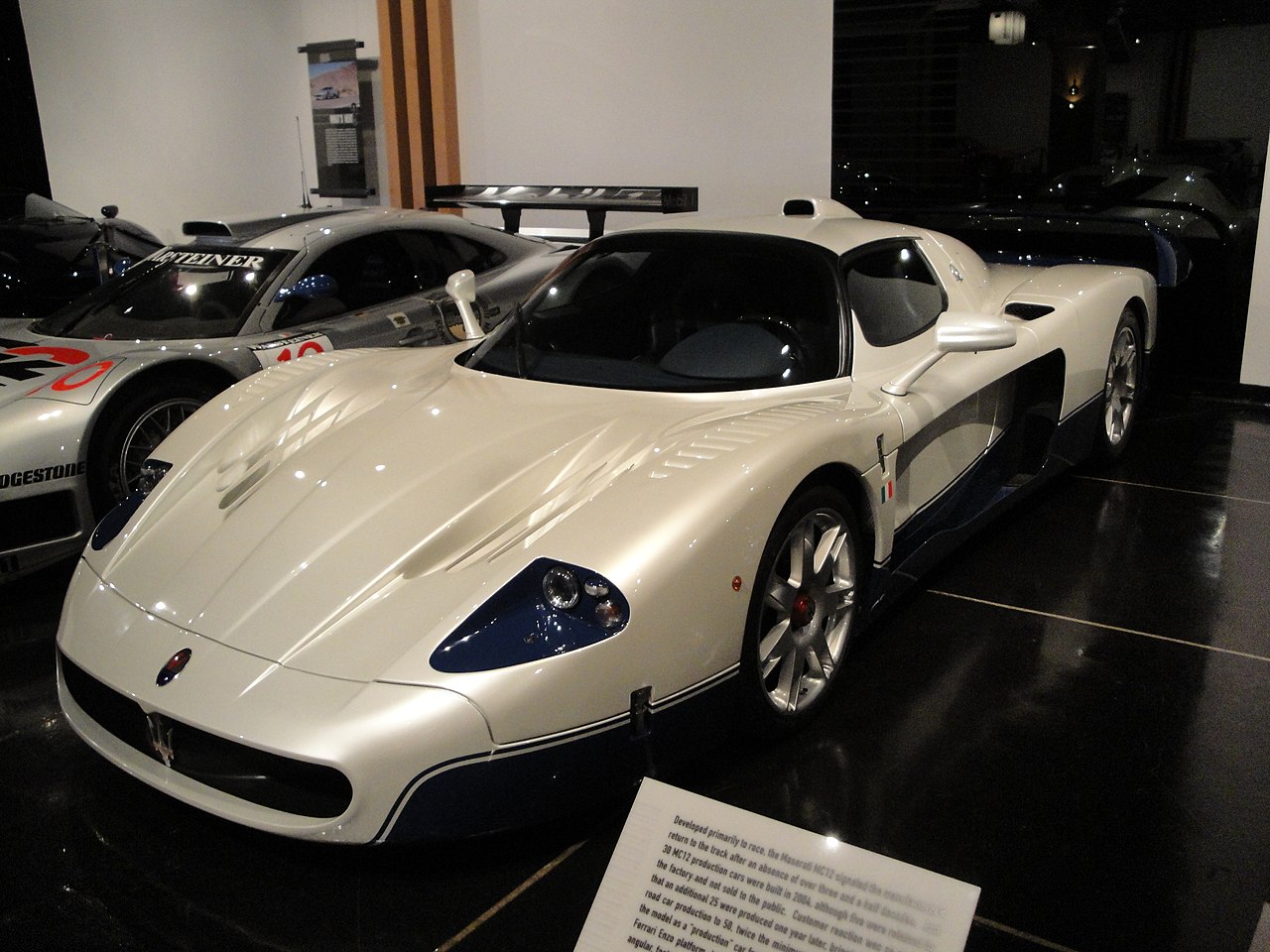 Greg Gjerdingen, CC-BY-SA-2.0, Wikimedia Commons
Greg Gjerdingen, CC-BY-SA-2.0, Wikimedia Commons
Top-Notch Tech
When the 75th Birdcage was unveiled at the 2005 Geneva Auto Show, it was an instant stunner and took home the Best Concept Car Award. A year later, it won the Louis Vuitton Classic Concept Award.
Unfortunately, the car was so technologically advanced that it was hard to make a version that fit within international road regulations, and it never got a full production run.
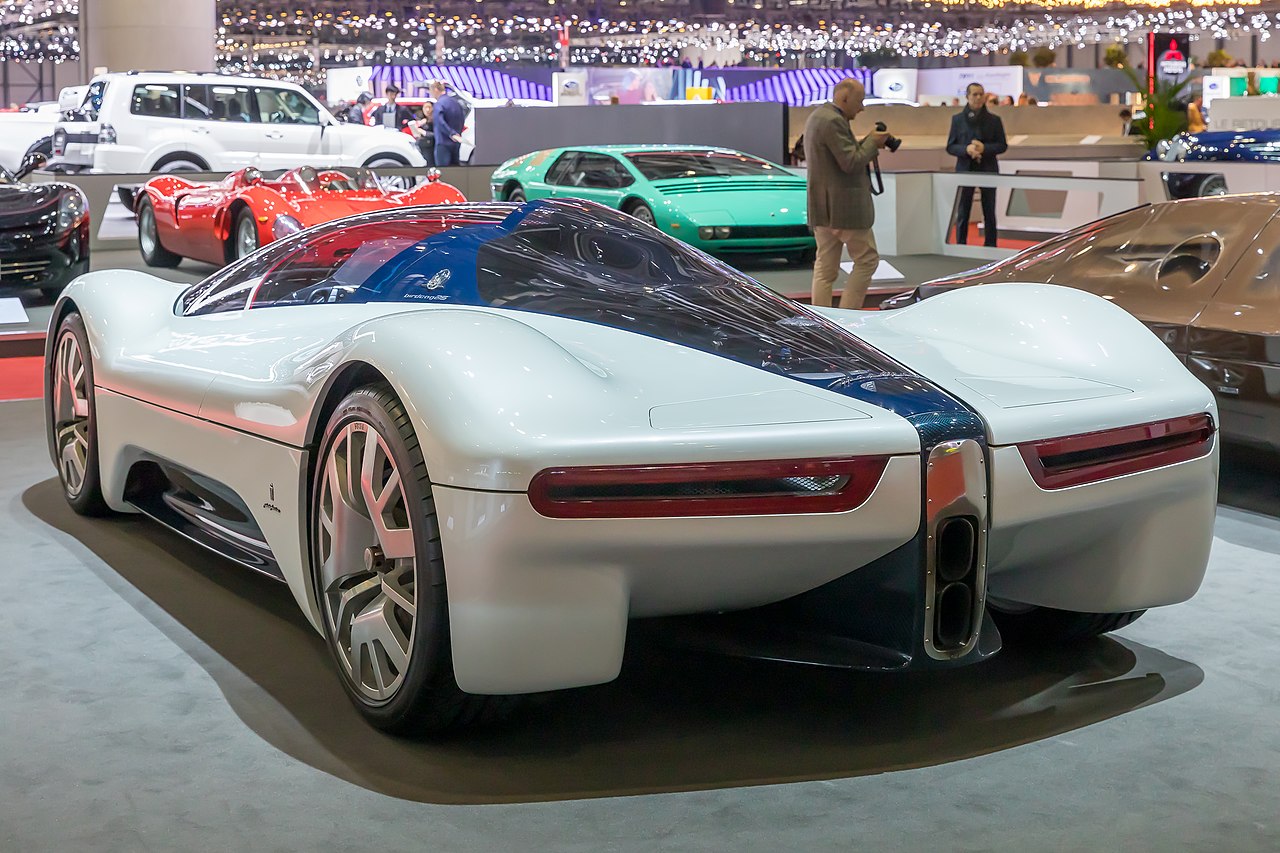 Matti Blume, CC-BY-SA-4.0, Wikimedia Commons
Matti Blume, CC-BY-SA-4.0, Wikimedia Commons
2. Lamborghini Estoque
Nowadays, the idea of a four-door supercar isn’t so strange but when the Estoque was unveiled in 2008, it was an innovative idea.
Paired with the same 5.2L V-10 engine as the Gallardo, the design of the car made it a worthy competitor against the Ferrari FF and Porsche Panamera.
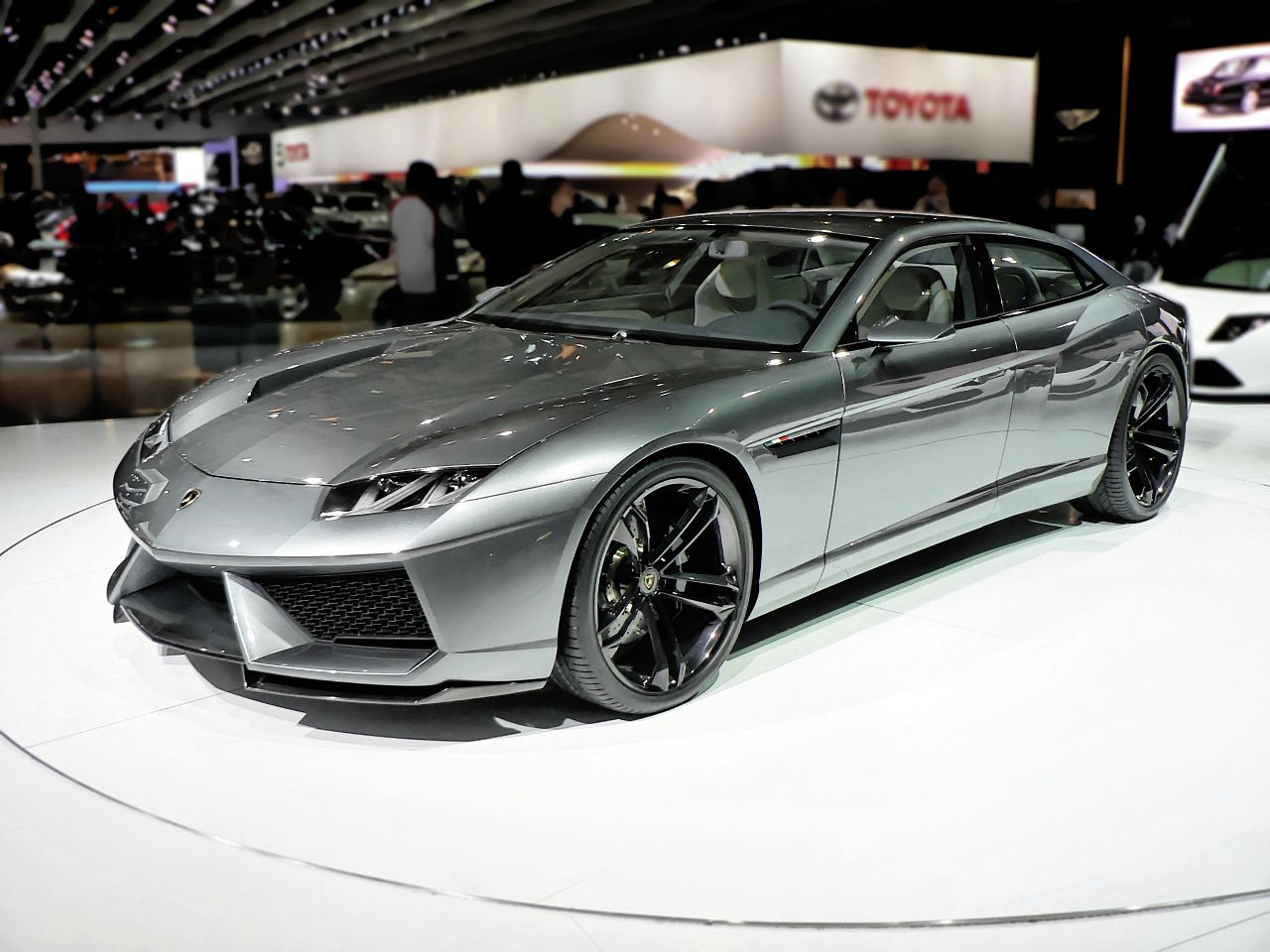 Hic et nunc, CC-BY-SA-3.0, Wikimedia Commons
Hic et nunc, CC-BY-SA-3.0, Wikimedia Commons
A Hopeful Start
The Estoque made the rounds at all the top auto shows and people loved it. Soon, there were rumors that a production version would be released in 2011.
But when 2012 and 2013 passed with no update on the car, it became clear the Estoque would never see its day on the market.
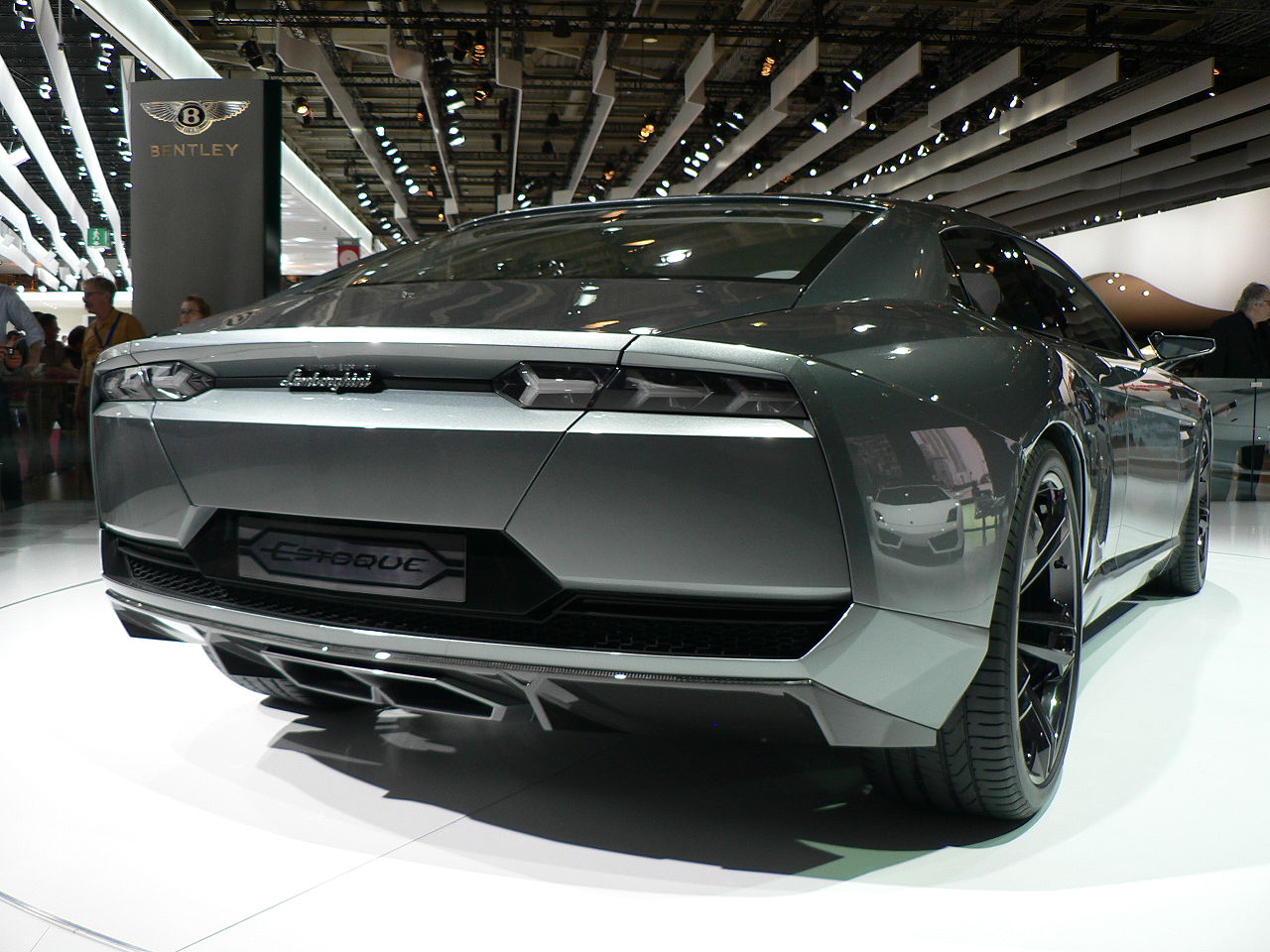 Neef - 2, CC-BY-SA-3.0, Wikimedia Commons
Neef - 2, CC-BY-SA-3.0, Wikimedia Commons
VW Steps In
Lamborghini later confirmed that they axed the project for two reasons. One, the Estoque was a direct competitor to the Porsche Panamera, and both cars were under the VW Group.
VW paused production on the Estoque, worried that it would kill sales for the four-door Panamera.
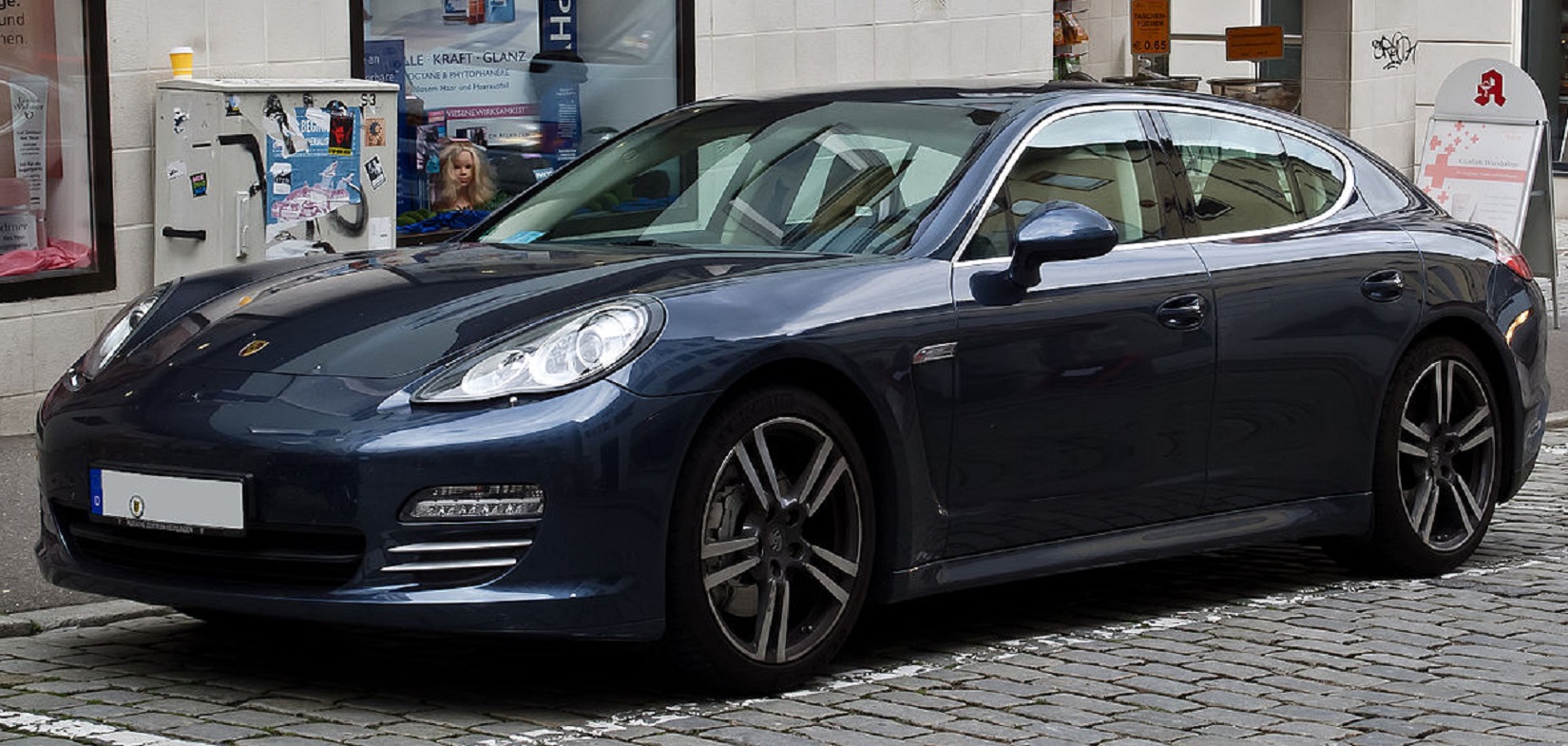 M 93, CC-BY-SA-3.0, Wikimedia Commons
M 93, CC-BY-SA-3.0, Wikimedia Commons
Money Matters
The second reason was all about funding. Lamborghini needed more funds for their super-SUV project, so they cut funding for the Estoque, which was the final nail in its coffin.
But letting the Estoque go was the right decision—in 2018, Lamborghini unveiled the Urus SUV, which has become their best-selling vehicle.
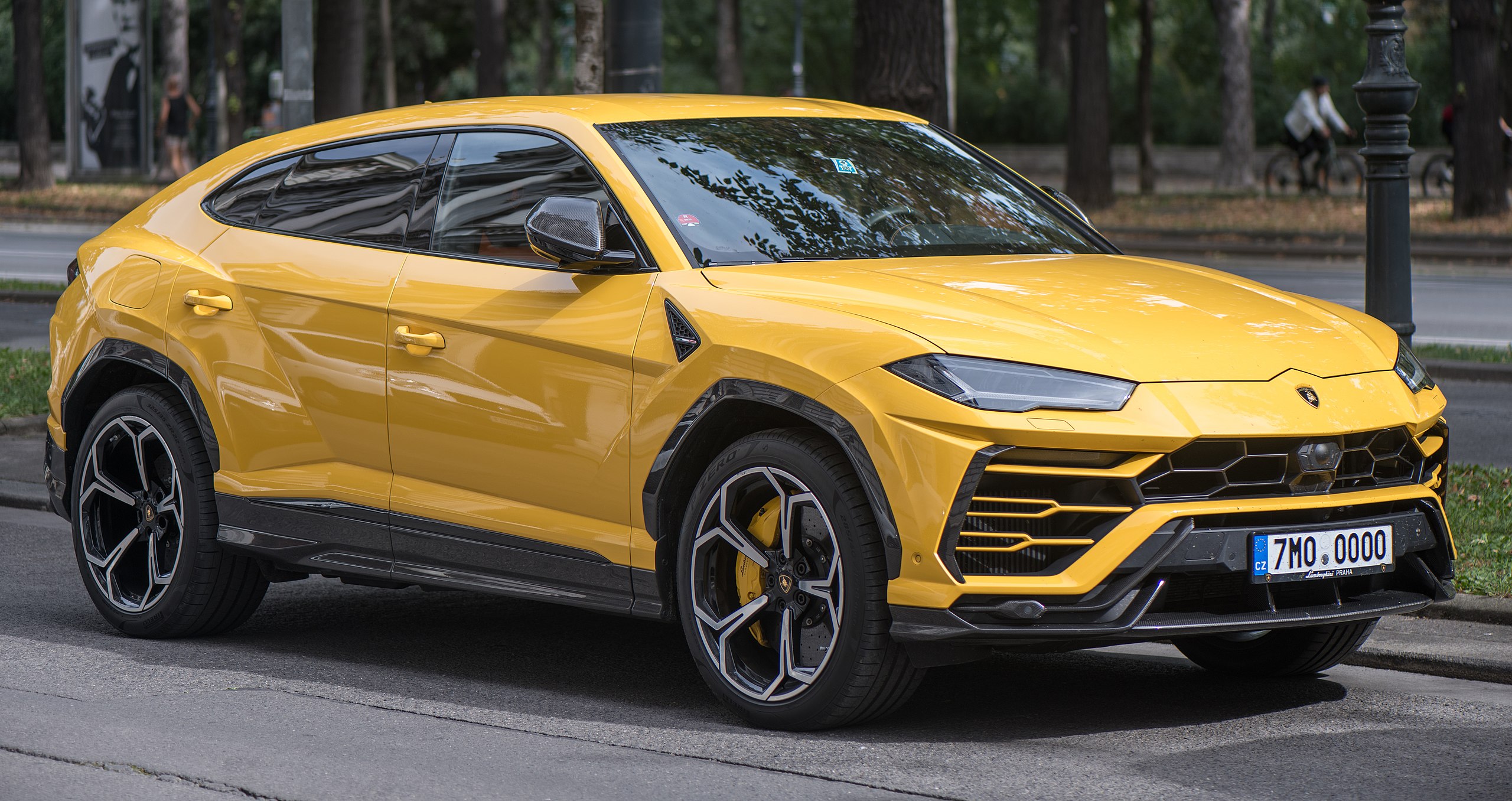 Johannes Maximilian, CC-BY-SA-4.0, Wikimedia Commons
Johannes Maximilian, CC-BY-SA-4.0, Wikimedia Commons
3. Chrysler ME Four-Twelve
Despite their mind-blowing decline in recent years, Chrysler was once an automotive powerhouse. In 2004, they unveiled the ME Four-Twelve, a gorgeous mid-engined supercar.
With a stunning design and a powerful AMG V-12 engine that could crank out 850 horsepower, this concept should have gone straight to production. But fate had other plans.
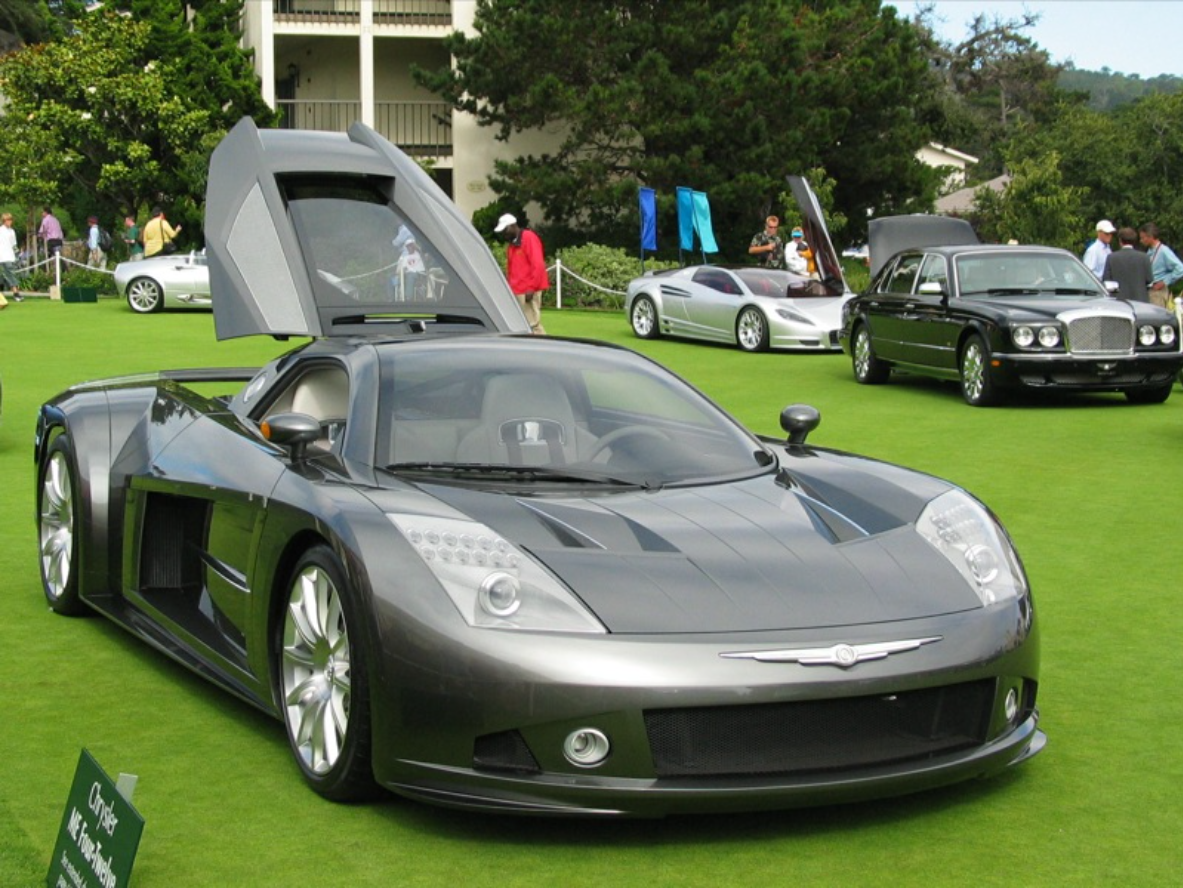 pingping, CC-BY-SA-2.0, Wikimedia Commons
pingping, CC-BY-SA-2.0, Wikimedia Commons
A Beneficial Partnership
After merging with Daimler in 1998, Chrysler had access to performance parts from Mercedez-Benz. They started a top-secret project and revealed a fully functional prototype of the MR Four-Twelve in 2004.
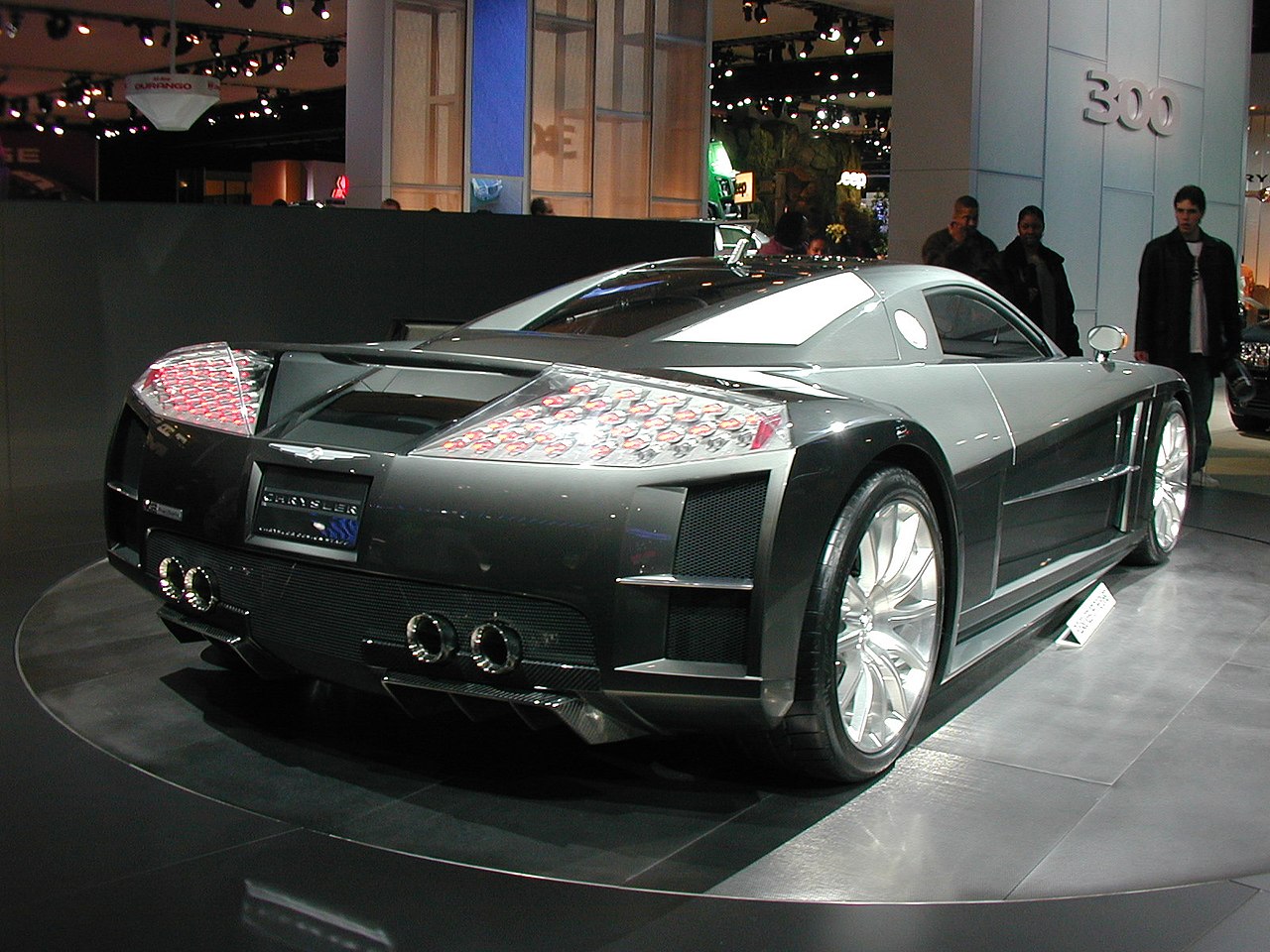 Joe Ross, CC-BY-SA-2.0, Wikimedia Commons
Joe Ross, CC-BY-SA-2.0, Wikimedia Commons
Speed Demon
At the time, the ME Four-Twelve was among the fastest cars in the world, with some even claiming that it was much faster than the Ferrari Enzo.
The official speed record for a production car was 221 mph—Chrysler claimed the ME Four-Twelve could hit 248 mph.
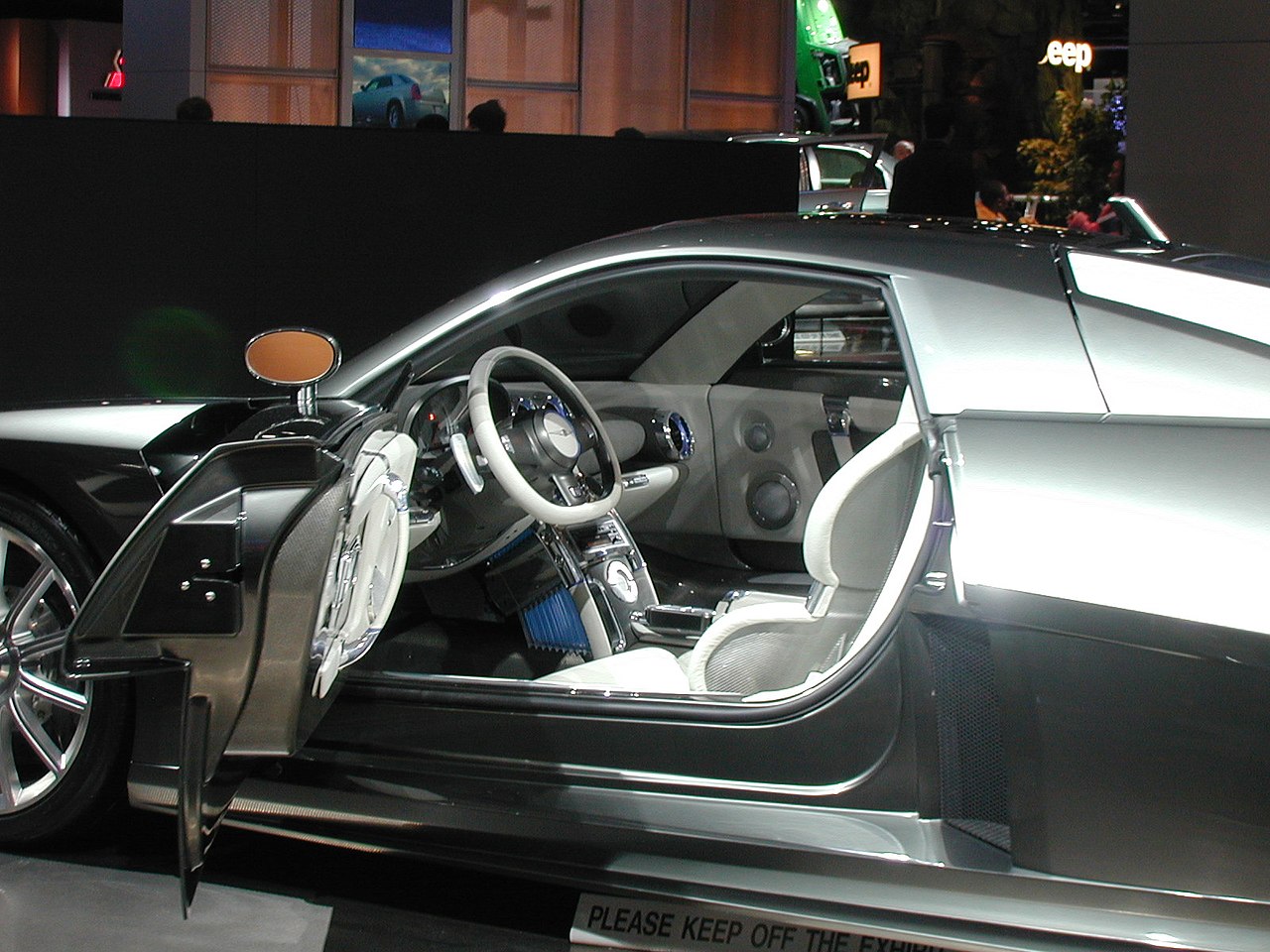 Joe Ross, CC-BY-SA-2.0, Wikimedia Commons
Joe Ross, CC-BY-SA-2.0, Wikimedia Commons
It Was Too Fast
Unfortunately, for Chrysler, while their partnership with Daimler led to the creation of the ME Four-Twelve, it’s also what killed any hope of the car reaching production.
Mercedes wasn’t happy that the new Chrysler could outrun their new SLR MCLaren, so they prevented the American company from using their AMG engine, killing the entire project altogether.
4. Genesis X Concept
Since their founding in 2015, Genesis, the luxury division if Hyundai, has proven themselves to be a top player in the car market.
Their combination of fair pricing and stylish designs has contributed to their popularity and is highlighted perfectly in the 2021 X Concept.
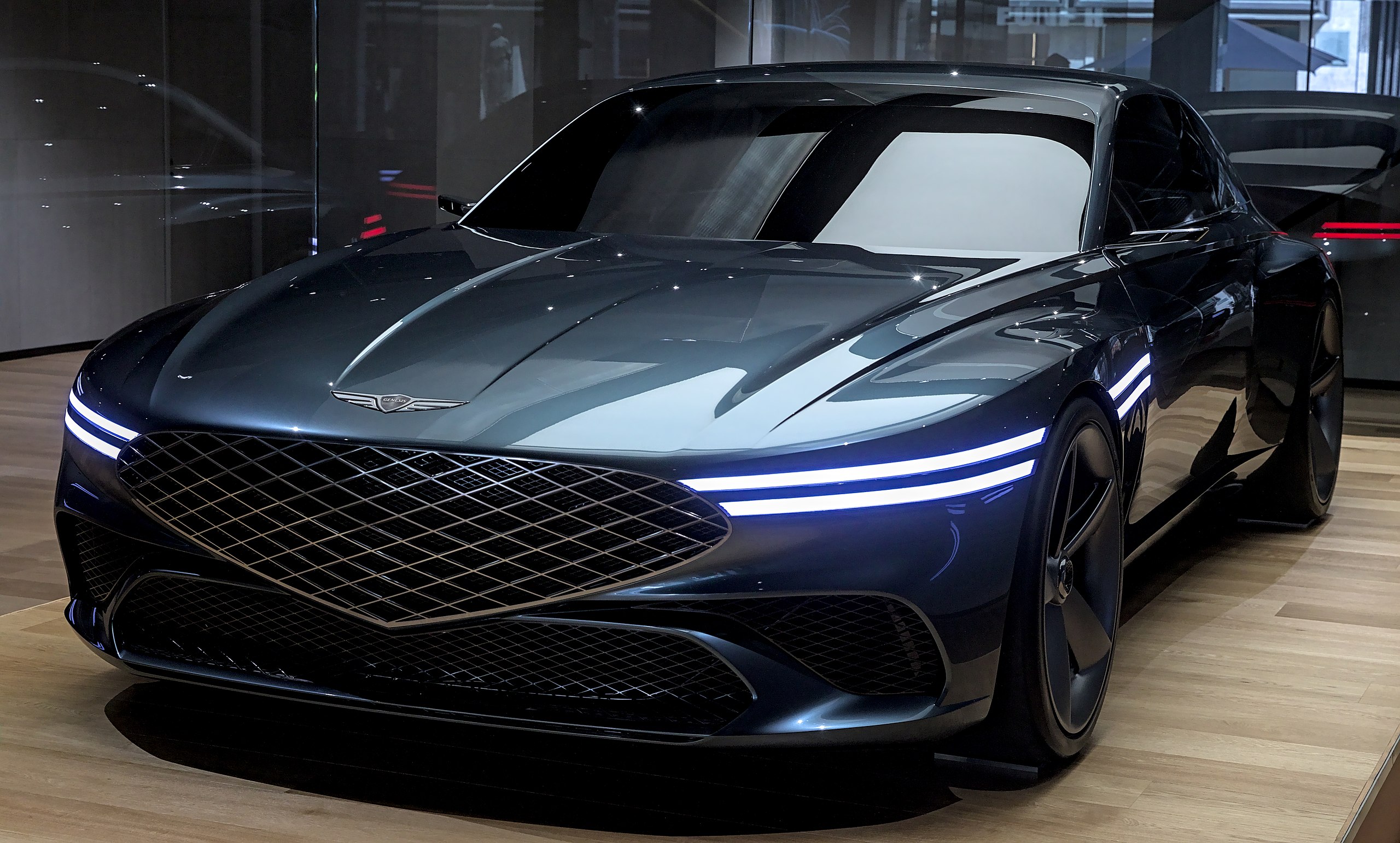 Alexander Migl, CC-BY-SA-4.0, Wikimedia Commons
Alexander Migl, CC-BY-SA-4.0, Wikimedia Commons
Inspiring The Future
This sleek grant tourer looks like something out of a sci-fi movie and with an electric drivetrain beneath the hood, it was a great example of sustainable luxury.
People were smitten with the X Concept but it doesn’t look like Genesis will be sending it to production—they’ve only confirmed they’ll be using some design elements from the X in their upcoming production models.
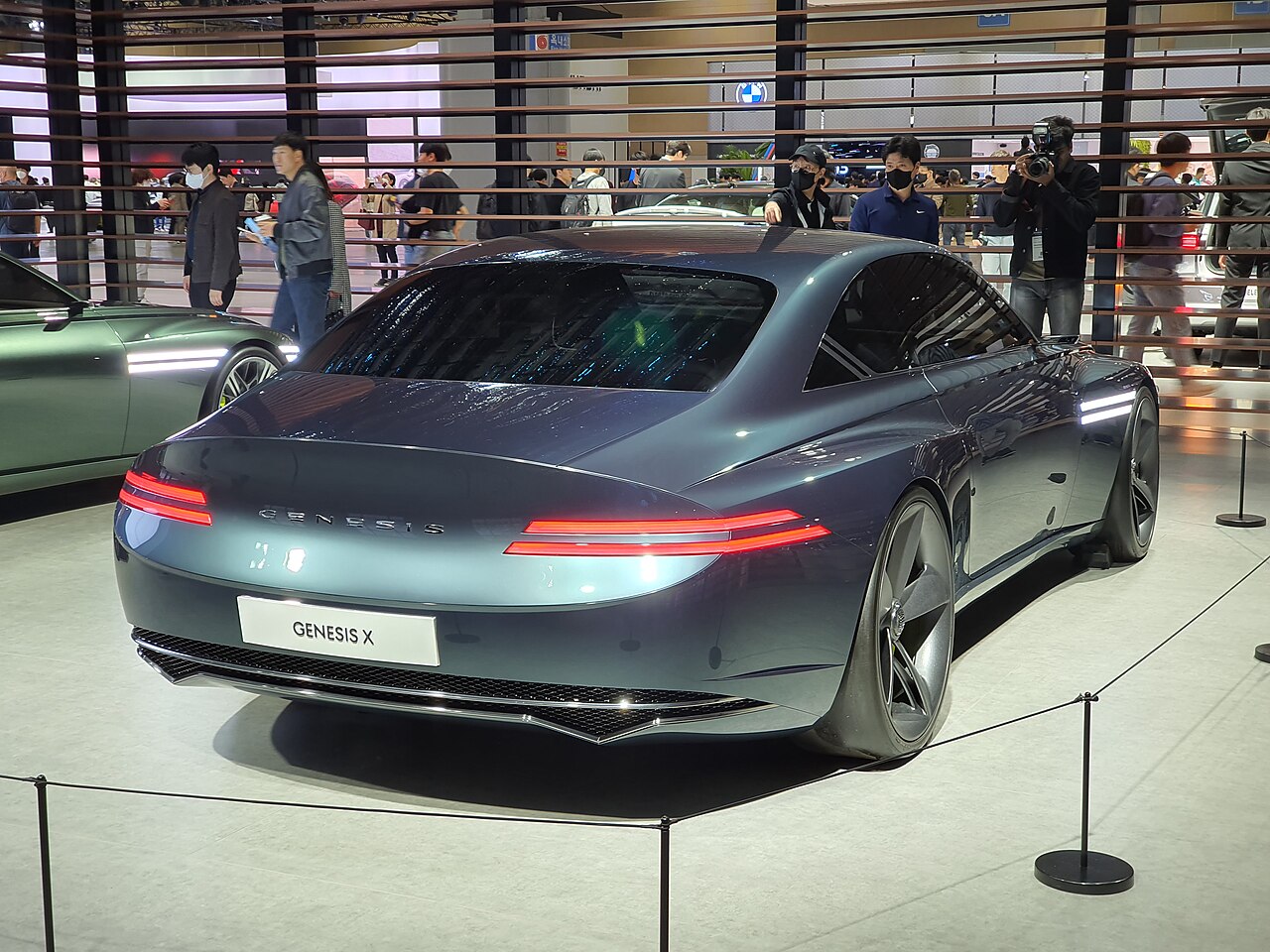 Damian B Oh, CC-BY-SA-4.0, Wikimedia Commons
Damian B Oh, CC-BY-SA-4.0, Wikimedia Commons
5. Ford Super Chief
In the mid-2000s, Ford wanted to boost the capabilities of their tried-and-true F-Series so they came up with the Super Chief.
The Super Chief’s coolest feature was it 6.8L V-10 engine that could change the fuel it runs on with just the flick of a switch.
Eco-Friendly Innovation
Running on hydrogen, the Super Chief could produce 280 horsepower and churned out 90% less carbon dioxide than in gas mode. When using bio-ethanol or regular gas, it got a slight boost to power and could put out 310 horsepower.
 Mike Babcock, CC-BY-SA-2.0, Wikimedia Commons
Mike Babcock, CC-BY-SA-2.0, Wikimedia Commons
Beauty Within
In addition to its innovative engine, people were wowed by the Super Chief’s interior design. The cab was far more luxurious than many of the other trucks on the market, with some reviewers even comparing the decadence to that of a Maybach.
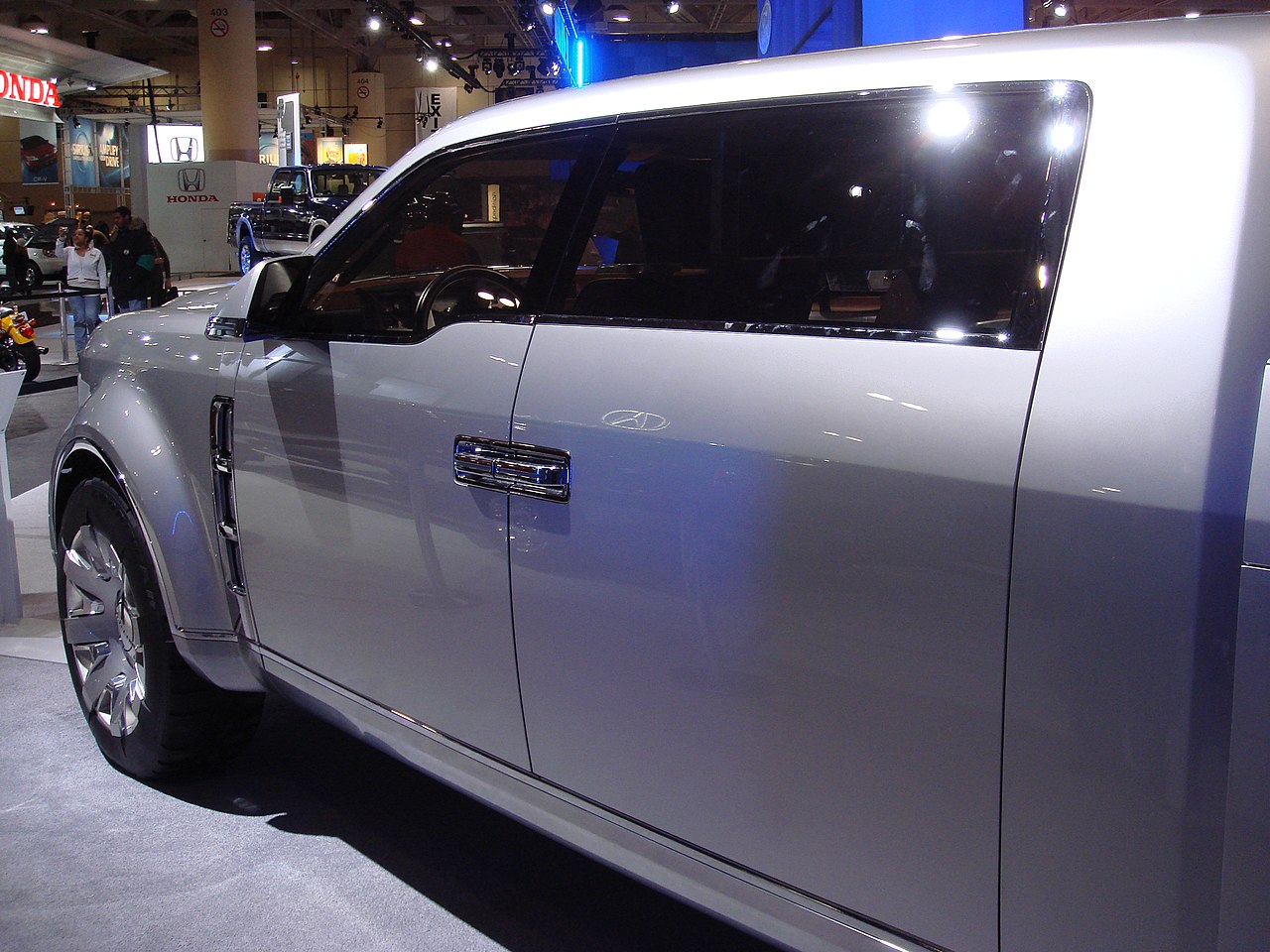 Mike Babcock, CC-BY-SA-2.0, Wikimedia Commons
Mike Babcock, CC-BY-SA-2.0, Wikimedia Commons
Blame The Economy
When the Super Chief was unveiled in 2006, Ford had every intention of putting the tri-fuel engine into a production model.
Unluckily for them, the 2008 global recession led to Ford cutting the project from their lineup, and their “Tri-Flex” engine hasn’t been heard of since.
6. Alfa Romeo Scighera
Alfa Romeo rarely steps away from the racetrack to make street-legal cars, but when they do, they always make something that blows people away.
Such was the case with the Scighera, a mid-engined supercar that was unveiled at the 1997 Geneva Motor Show.
 LarryStevens, Wikimedia Commons
LarryStevens, Wikimedia Commons
The Past Meets The Future
Although this fully functional prototype was based on the platform for Alfa Romeo’s old 164 sedan, its sleek, aluminum body gave it a futuristic feel.
Even better, it was equipped with a powerful V-6 engine that could crank out about 400 horsepower.
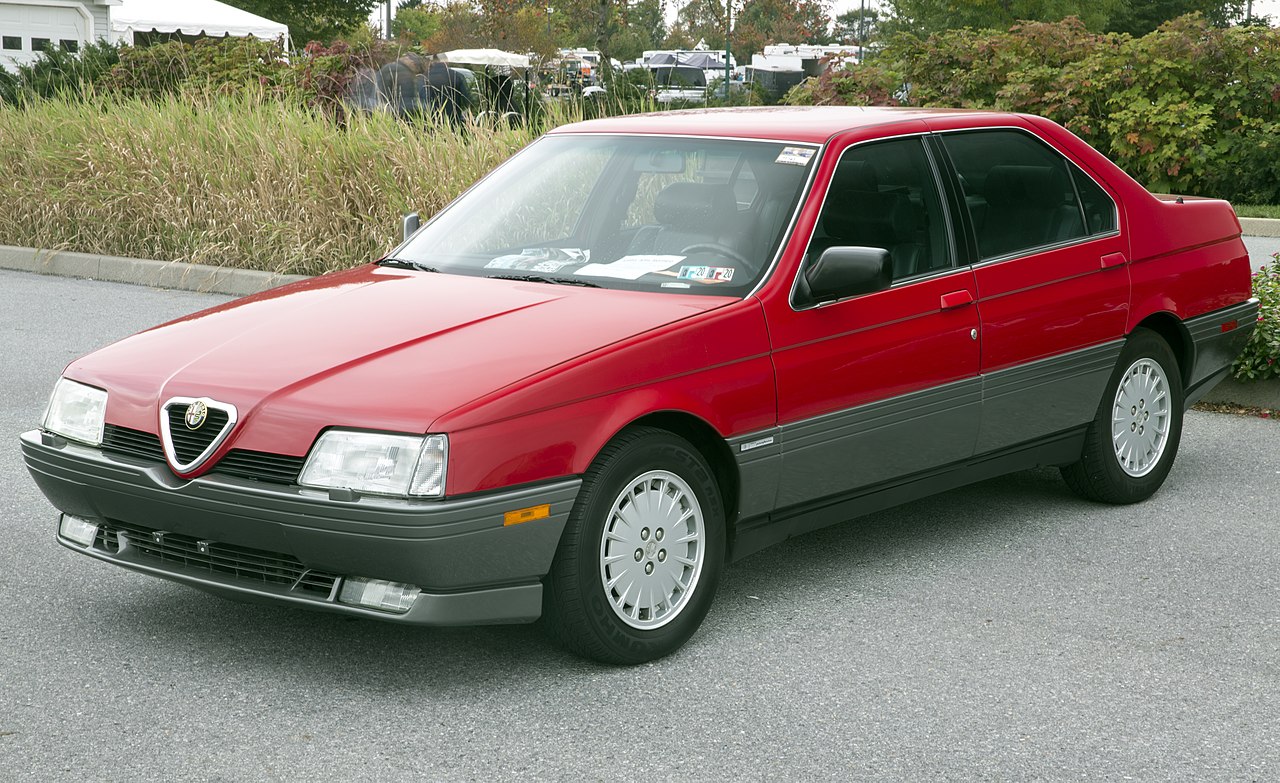 Mr.choppers, CC-BY-SA-3.0, Wikimedia Commons
Mr.choppers, CC-BY-SA-3.0, Wikimedia Commons
An Eye-Catcher
Other distinctive features of the Schighera’s design include its “clown eye” style on the front and its boomerang-style taillights.
The car could also be converted into a roadster with a removable roof and windows.
 Norbert Schnitzler, CC-BY-SA-2.0, Wikimedia Commons
Norbert Schnitzler, CC-BY-SA-2.0, Wikimedia Commons
They Lost Interest
When Alfa Romeo unveiled the car, it seemed like they were ready to take it to production.
Over time, however, buzz for the project fizzled out and the Schigera is now permanently displayed at the headquarters of Italdesign.
 Norbert Schnitzler, CC-BY-SA-2.0, Wikimedia Commons
Norbert Schnitzler, CC-BY-SA-2.0, Wikimedia Commons
7. BMW Pininfarina Gran Lusso Coupe
This luxurious coupe was built with one goal in mind: to wow the attendees at the exclusive Concorso d'Eleganza Villa d'Este auto event. Safe to say the goal was achieved.
 Thesupermat, CC-BY-SA-3.0, Wikimedia Commons
Thesupermat, CC-BY-SA-3.0, Wikimedia Commons
Uniquely Luxurious
With some help from the legendary Pininfarina design studio, BMW crafted a car with unique luxury features that rivaled those of a Bentley.
The cabin was particularly decadent, with inserts made from fossilized wood. The wood came from a swamp in New Zealand and is 48,000 years old.
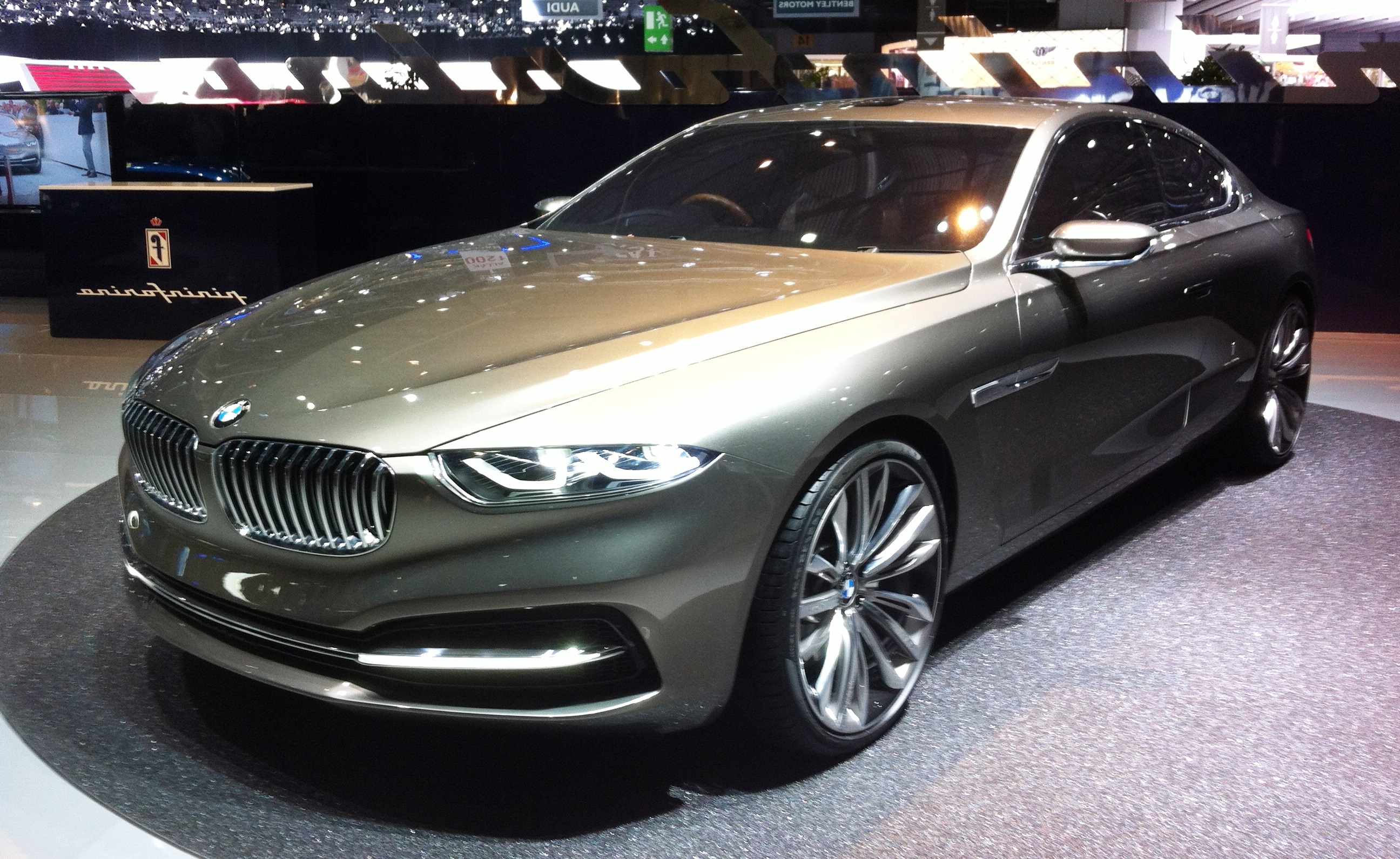 Lukasdesign, CC-BY-SA-3.0, Wikimedia Commons
Lukasdesign, CC-BY-SA-3.0, Wikimedia Commons
It Was Too Beautiful
BMW would have raked in the dough if the Gran Lusso went to production—and that’s probably why it remained a one-time concept.
The company didn’t want this beauty to take attention away from its luxury division, Rolls-Royce.
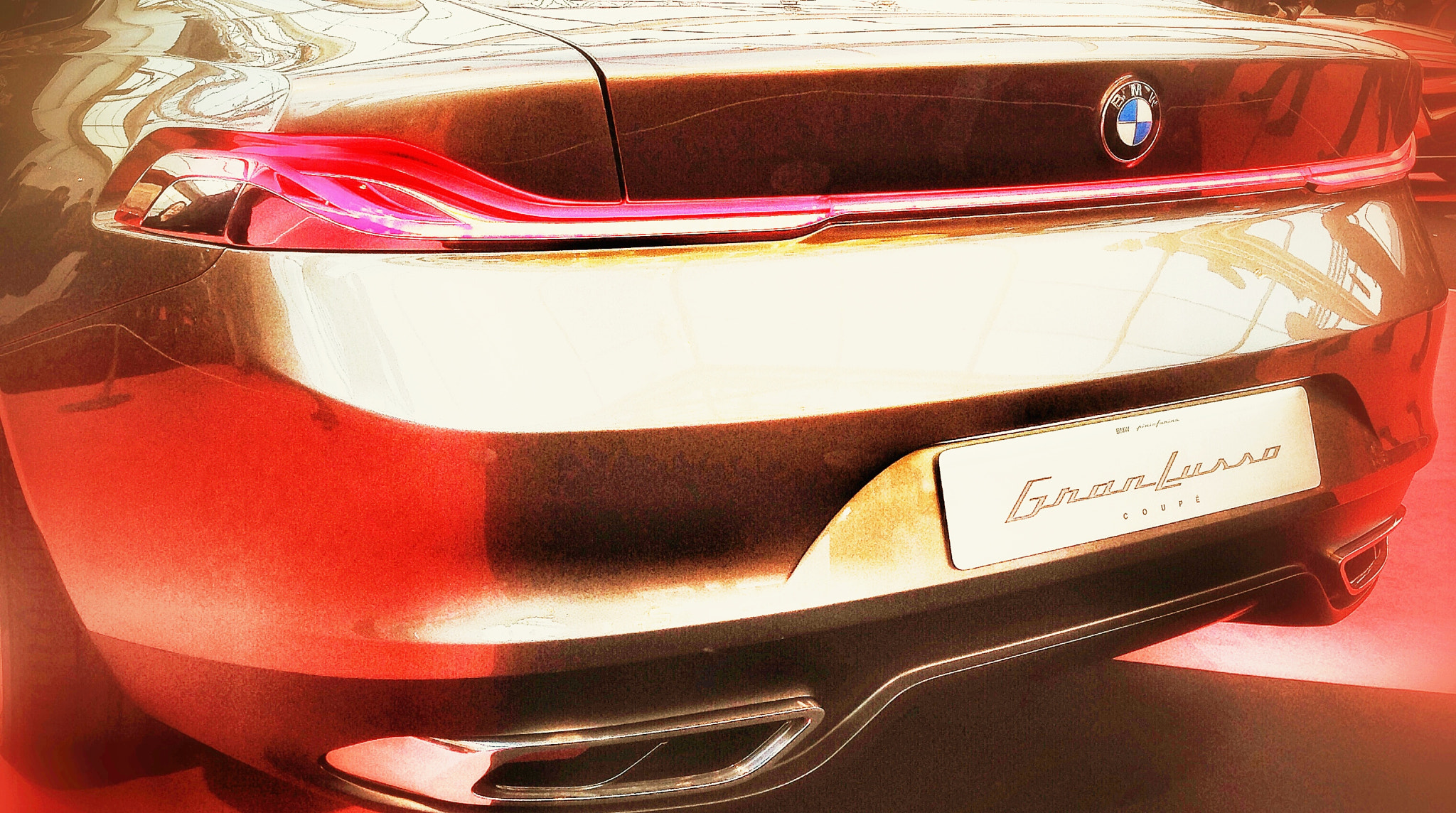 Miod Mark, CC-BY-SA-3.0, Wikimedia Commons
Miod Mark, CC-BY-SA-3.0, Wikimedia Commons
8. Jeep M-715 Five Quarter
In 2019, Jeep unveiled one the best concepts they’ve ever created at the annual Moab Easter Safari.
The 2019 M-715 Five Quarter was a modern rendition of its 1968 counterpart, replacing the original sheet metal exterior with carbon fiber and adding wooden slats to accent a new aluminum bed.
 order_242, CC-BY-SA-2.0, Wikimedia Commons
order_242, CC-BY-SA-2.0, Wikimedia Commons
Incredibly Powerful
Beneath the hood, the M-715 Five Quarter sported a 6.2L supercharged Hellcrate Hemi V-8 and could handle any off-road adventure with Dynatrac ProRock axles that were fitted with 20-inch Beadlock wheels and 40-inch tires.
The frame of the truck was also reinforced, adding to its durability.
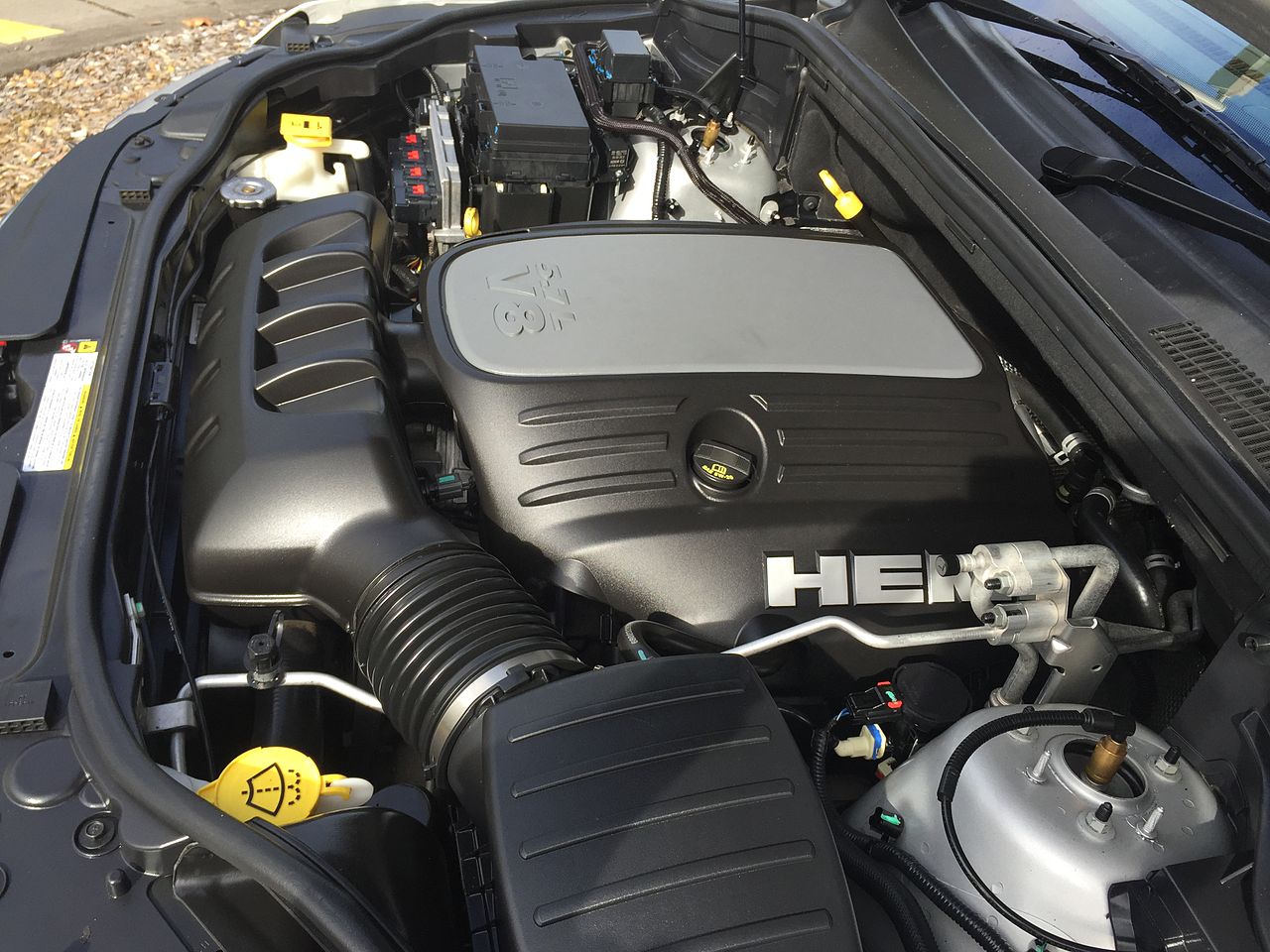 Kgbo, CC-BY-SA-4.0, Wikimedia Commons
Kgbo, CC-BY-SA-4.0, Wikimedia Commons
Good PR
Most of the components in the M-715 Five Quarter were already in mass production so Jeep could have easily moved forward with a small production run of the concept.
It would have sold, too, since consumers loved the truck. But it had served its purpose: stir up a bunch of publicity for Jeep.
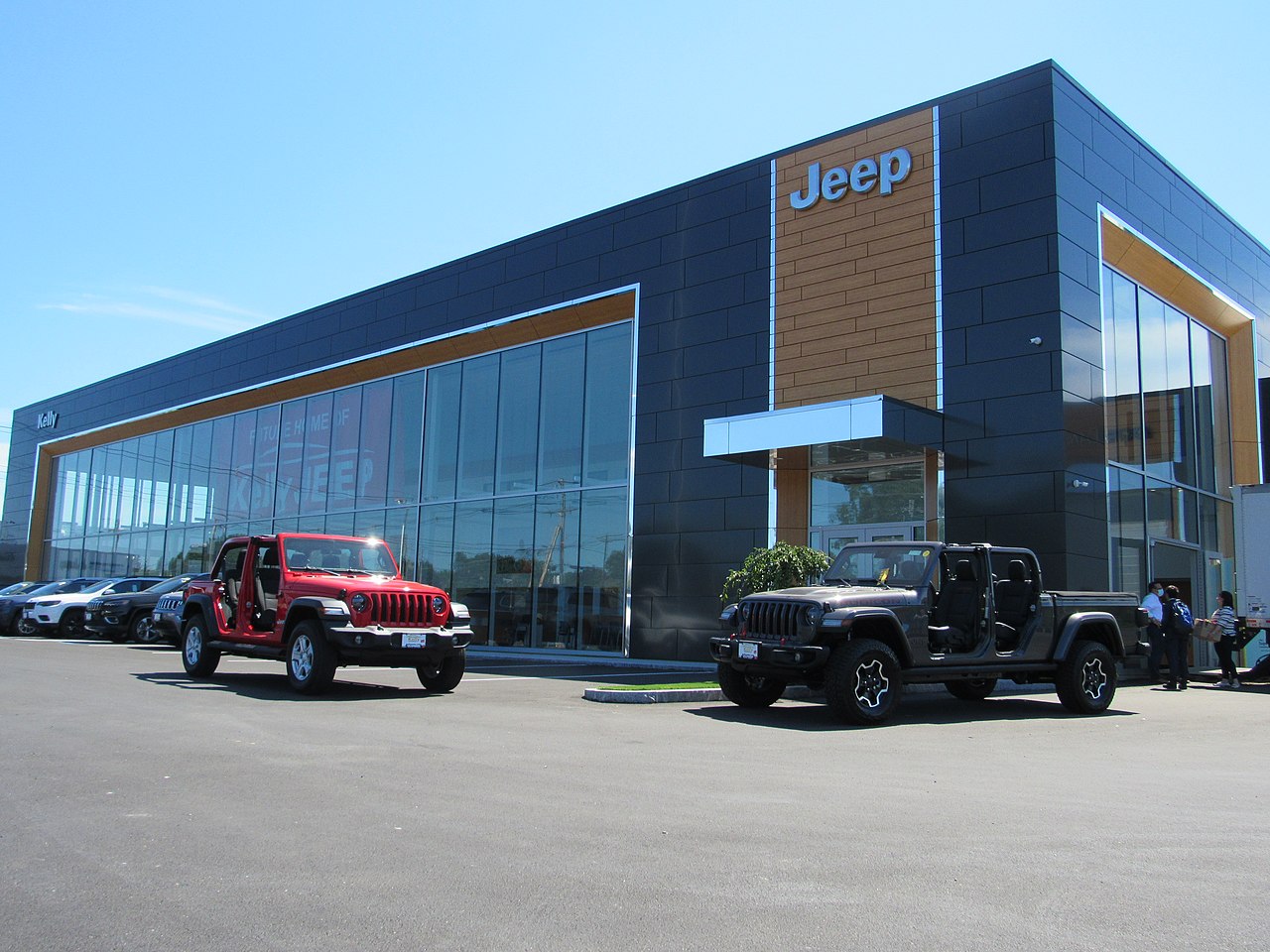 KellyAuto, CC-BY-SA-4.0, Wikimedia Commons
KellyAuto, CC-BY-SA-4.0, Wikimedia Commons
9. Chevrolet CERV III Corvette
General Motors was thinking about a mid-engined Corvette long before they released the C8 in 2020.
The CERV III debuted in 1990 and featured state-of-the-art technology like active suspension, all-wheel drive, and four-wheel steering.
Surpassing Legends
The CERV III sported a V-8 engine that featured dual Garrett turbocharges and could produce 650 horsepower.
That was an incredible feat for the time, surpassing the power of the legendary McLaren F1.
Almost Made It
The CERV III was more production-ready than many of General Motors’ other concept cars.
The engineers had used a lot of street-legal components, but it was the Manufacturer’s Suggested Retail Price (MSRP) that killed the project.
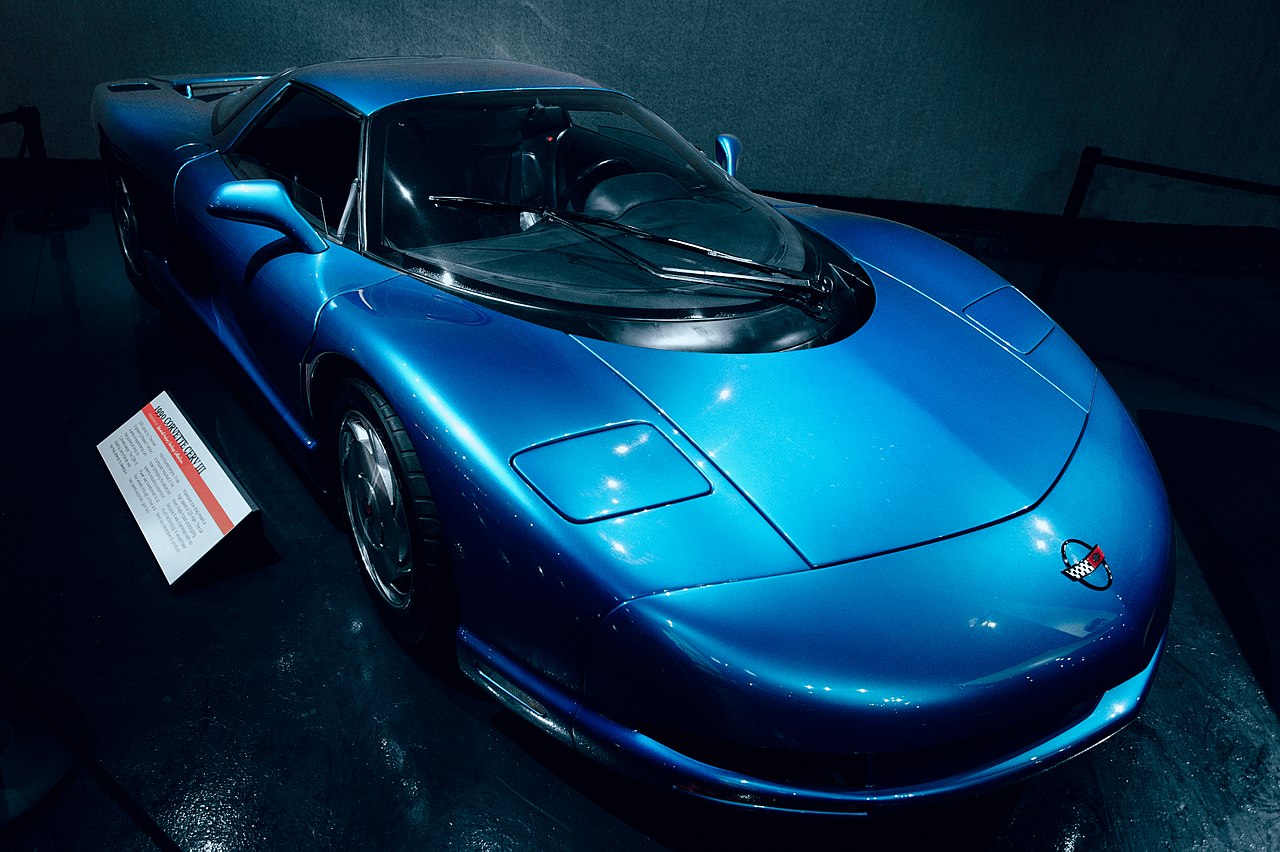 Eric Kilb, CC-BY-SA-2.0, Wikimedia Commons
Eric Kilb, CC-BY-SA-2.0, Wikimedia Commons
Too Pricey
When General Motors ran the numbers, they found that the CERV III would have to sell for anywhere from $300,000 to $400,000.
Considering the base price of a Corvette was $32,000, the company didn’t think consumers would go for the CERV III’s high price tag. General Motors went on to make the C5 Corvette instead.
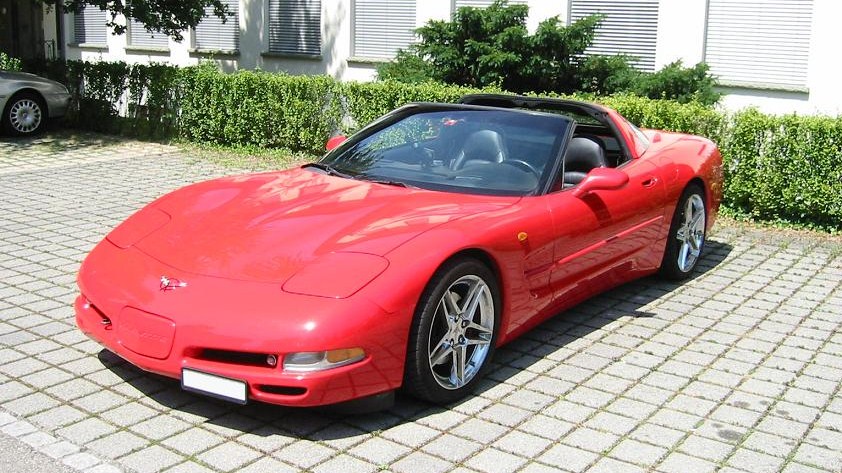 Tunc, CC-BY-SA-3.0, Wikimedia Commons
Tunc, CC-BY-SA-3.0, Wikimedia Commons
10. Spyker D12 Peking-to-Paris
Spyker has seen several of their cars fail to launch, but none were as disappointing as the launch of the D12 Peking-to-Paris.
Unveiled in 2006, this luxury SUV was powered by a V-12 engine that cranked out 500 horsepower. At the time, it was an anomaly in the industry.
More Money, More Problems
People were immediately interested in the Peking-to-Paris and it even received more than 100 provisional owners.
Unfortunately, Spyker was plagued by financial issues and not a single car ever made it through production.
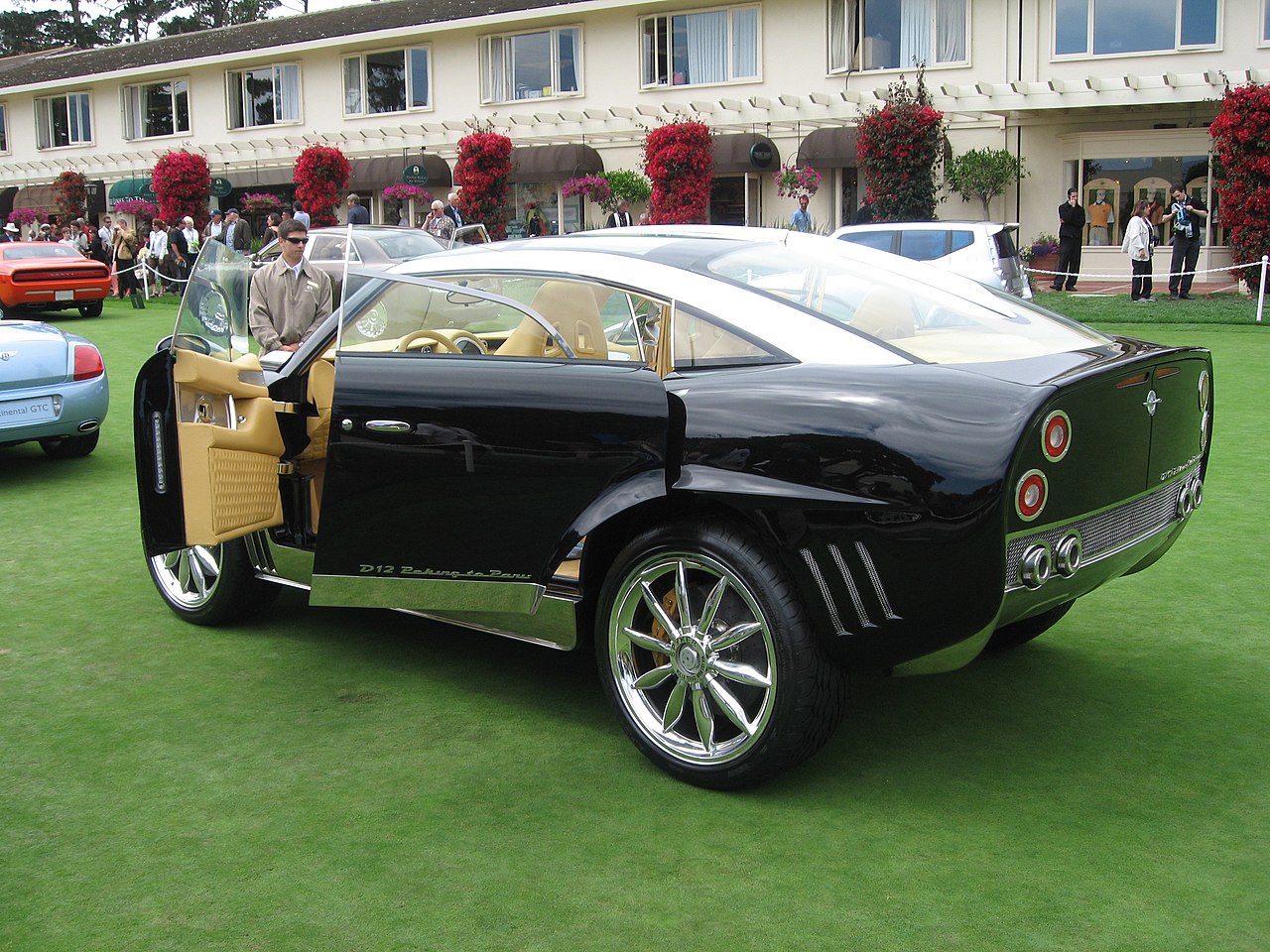 Simon Davison, CC-BY-2.0, Wikimedia Commons
Simon Davison, CC-BY-2.0, Wikimedia Commons
Bad Move
Shortly after unveiling the Peking-to-Paris, Spyker bought Saab which caused financial strain and eventually led them to declare bankruptcy.
When they did get on their feet again, they abandoned all plans for SUVs, and focused on making sports cars. This turned out to be a mistake, and they went bankrupt again in 2021.
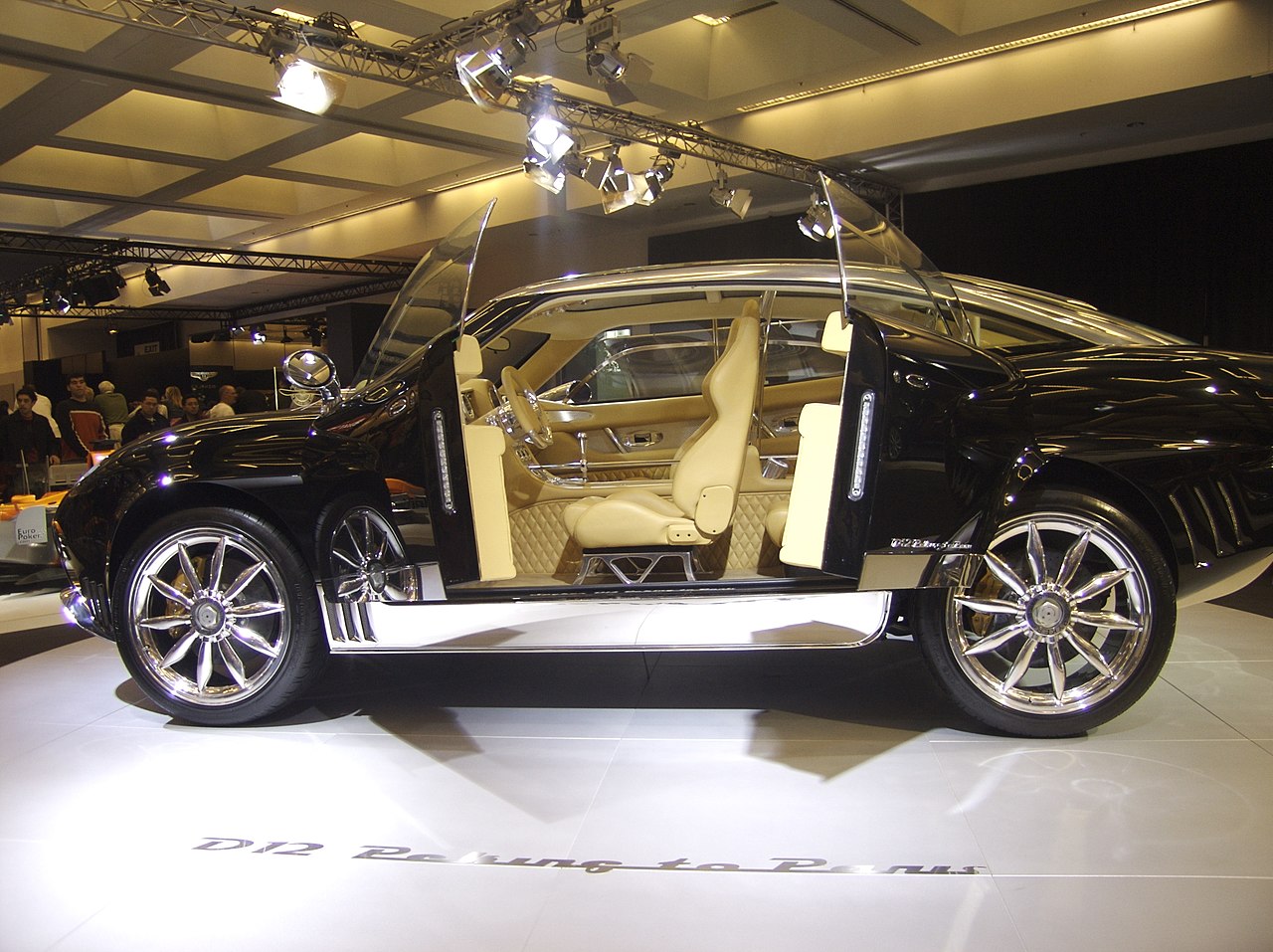 Tracey Adams, CC-BY-2.0, Wikimedia Commons
Tracey Adams, CC-BY-2.0, Wikimedia Commons
11. Volkswagen W12 Nardo
Best known for their affordable cars, Volkswagen surprised everyone when they debuted the W12 concept in 1997.
Over the next few years, the car only got better as they fine-tuned the design on the racetrack and gave it a power boost so it could hit 591 horsepower.
Record-Breaker
Italdesign was responsible for the car’s eye-catching exterior and VW's Sychro all-wheel-drive system added to its performance capabilities.
The fastest variation of the W12 was called the Nardo and was built to compete on the Nardo Ring. In 2001, the car set seven world records on the track, all of which are still standing today.
True To Their Word
Considering its excellent performance, its no surprise that the W12 wowed auto enthusiasts and had people clamoring for a street-legal version of the supercar.
But Volkswagen said the car was never meant to be sold in showrooms, and the only prototypes remain tucked away in their garage.
 Klaus Nahr, CC-BY-SA-2.0, Wikimedia Commons
Klaus Nahr, CC-BY-SA-2.0, Wikimedia Commons
12. Jaguar C-X75
The Jaguar C-X75 achieved fame after being featured in the James Bond movie Spectre, but this beauty would have turned heads all on its own.
The car debuted in 2010 and was built in partnership with the legendary Williams engineering team, who made their mark in Formula 1.
 Rutger van der Maar, CC-BY-SA-2.0, Wikimedia Commons
Rutger van der Maar, CC-BY-SA-2.0, Wikimedia Commons
Jet Power
The C-X75 featured a hybrid powertrain that was initially supported by jet turbines. Later, Jaguar opted for a more traditional gas and electric configuration.
The company claimed the car could go from 0 to 60 mph in less than three seconds and hit a top speed of more than 200 mph.
 Thesupermat, CC-BY-SA-3.0, Wikimedia Commons
Thesupermat, CC-BY-SA-3.0, Wikimedia Commons
The Best Of The Best
Jaguar was all set to send the C-X75 to production, but they had to cancel things when the global recession hit. Luckily, they made a few functional prototypes, one of which got its time to shine in 2015’s Spectre.
The hybrid technology in the C-X75 influenced that in Jaguar’s recent production models. The company still says that the C-X75 is the most advanced car they’ve ever made.

